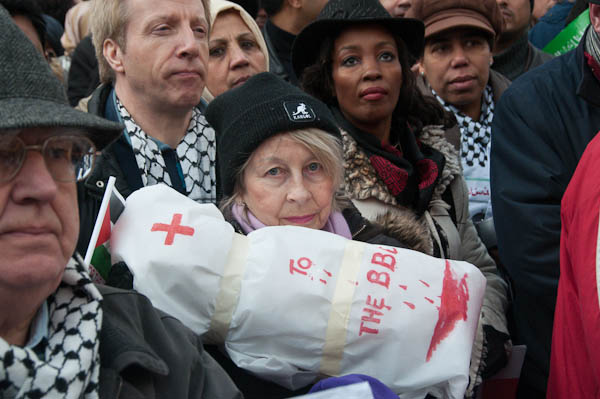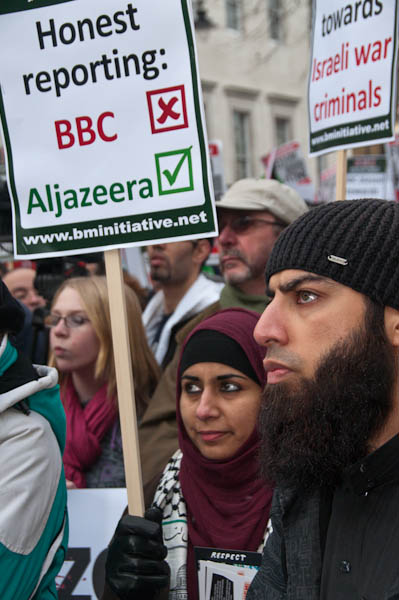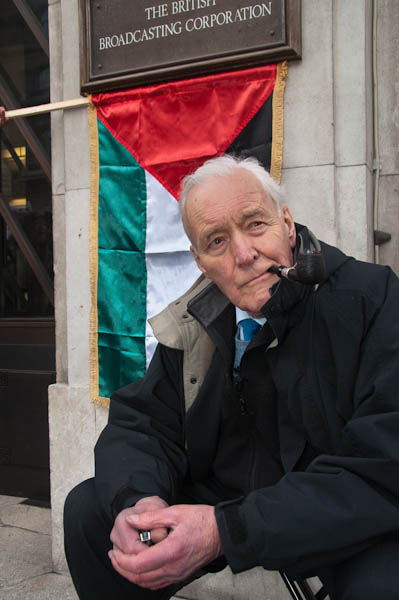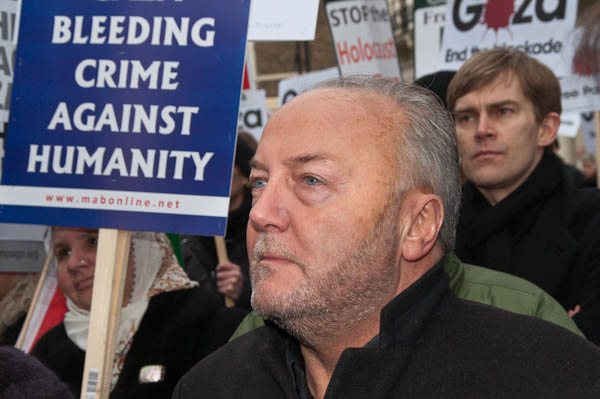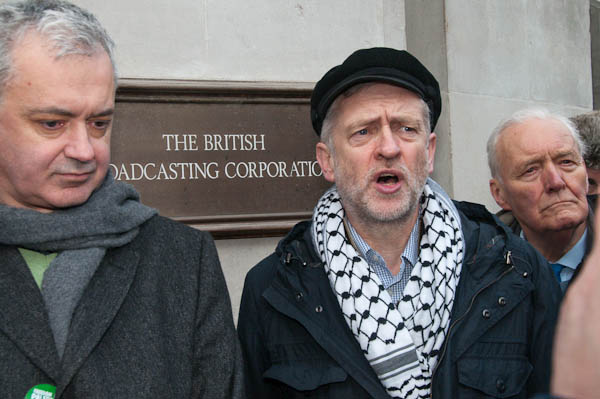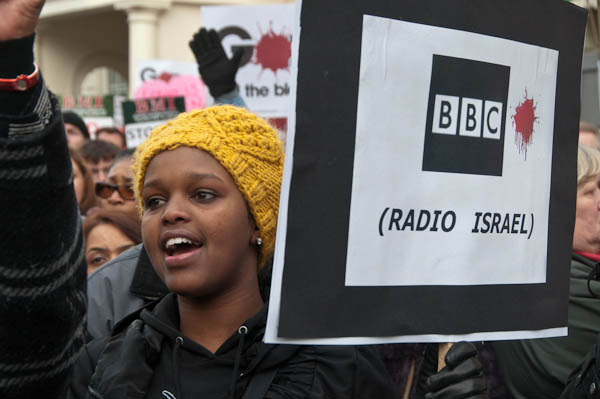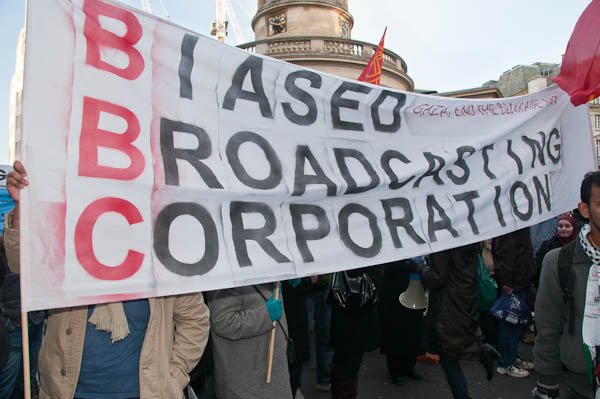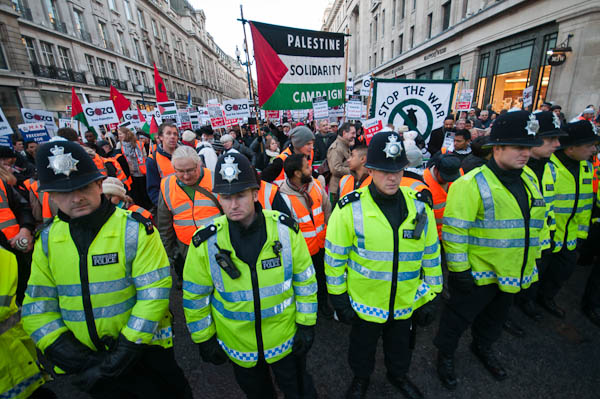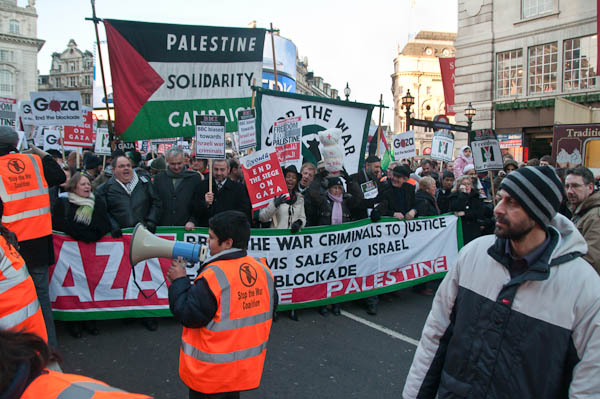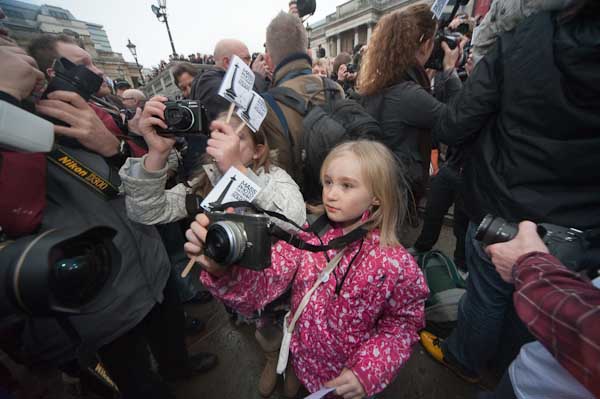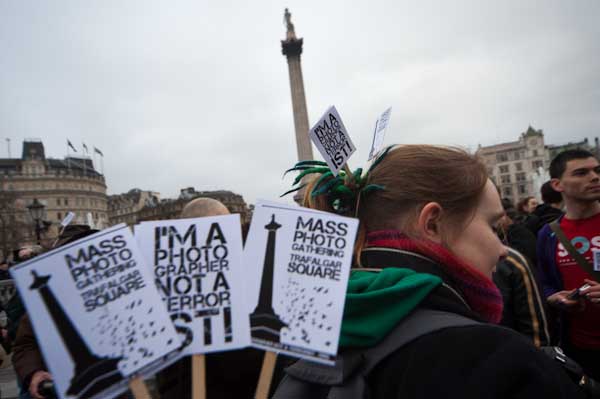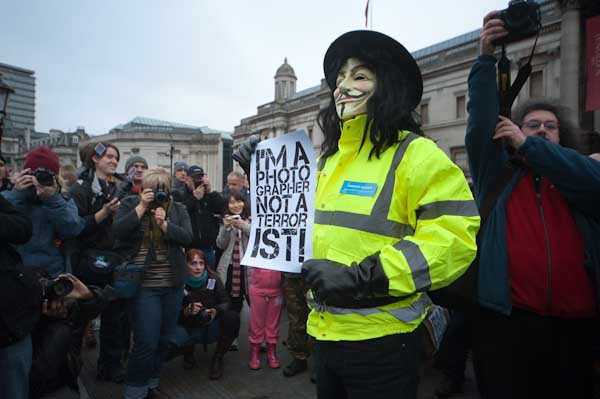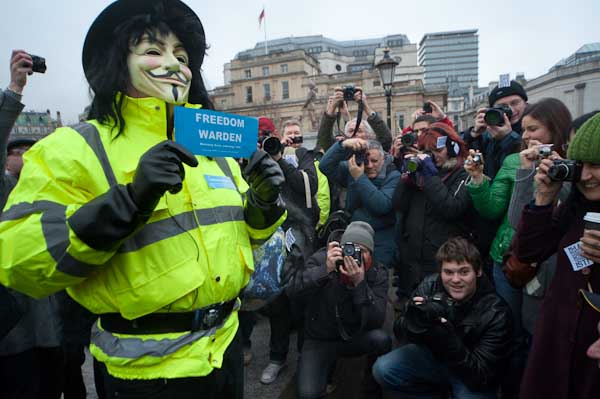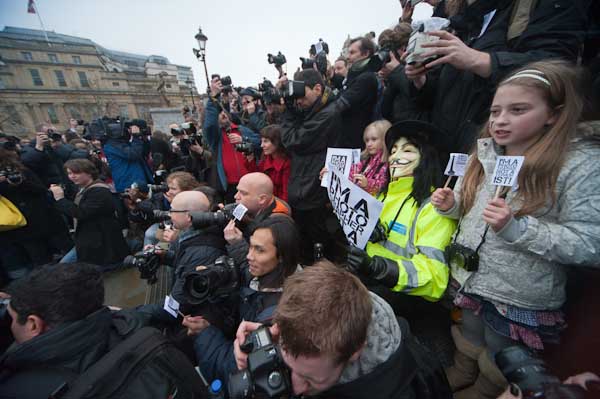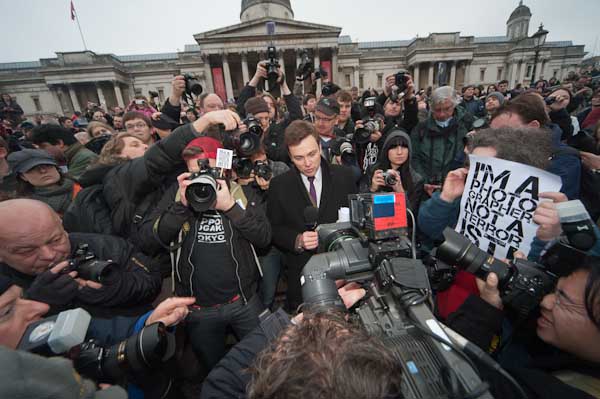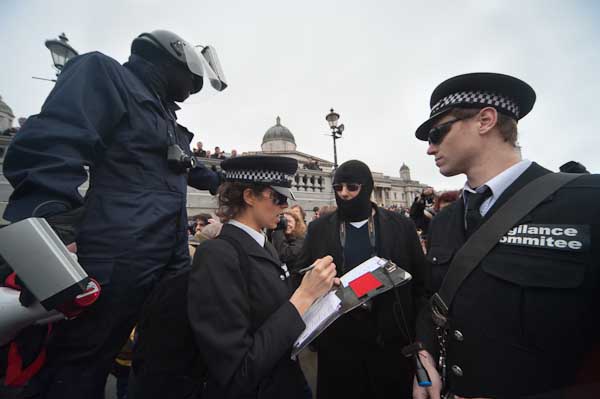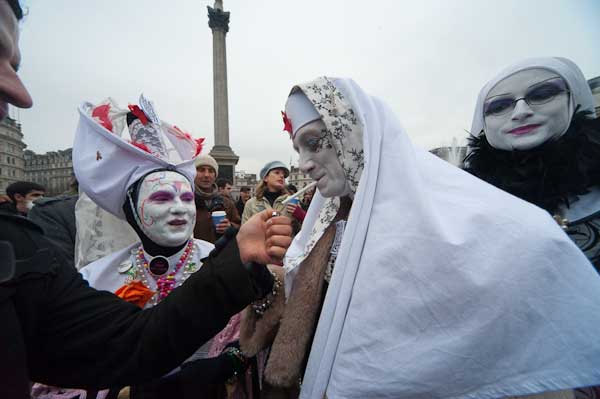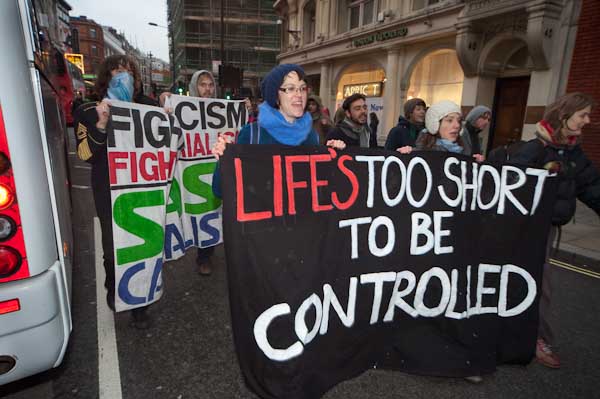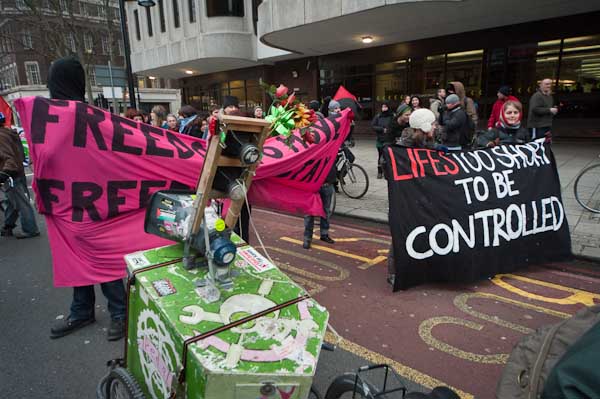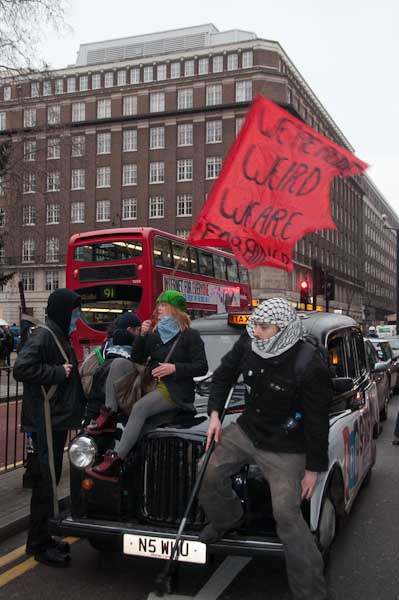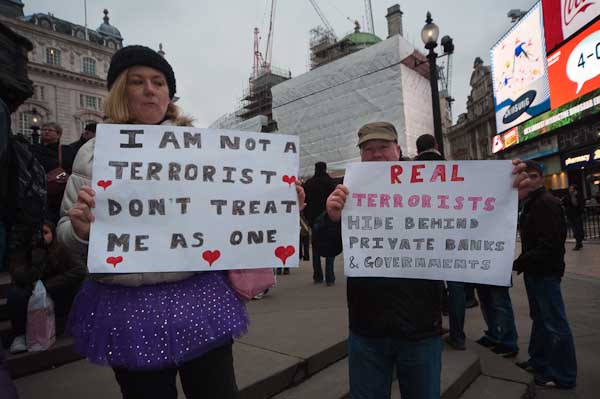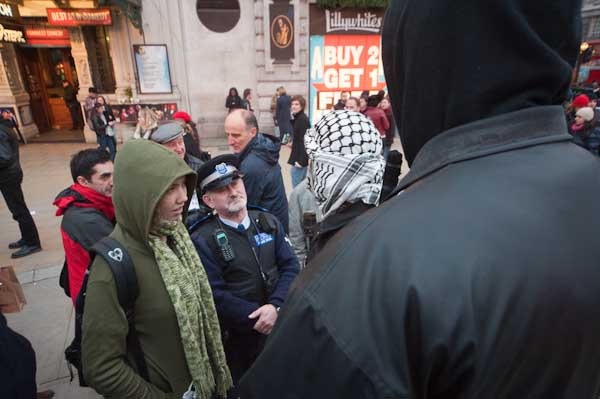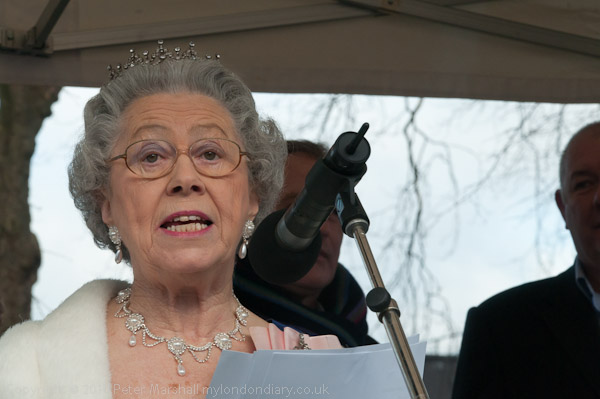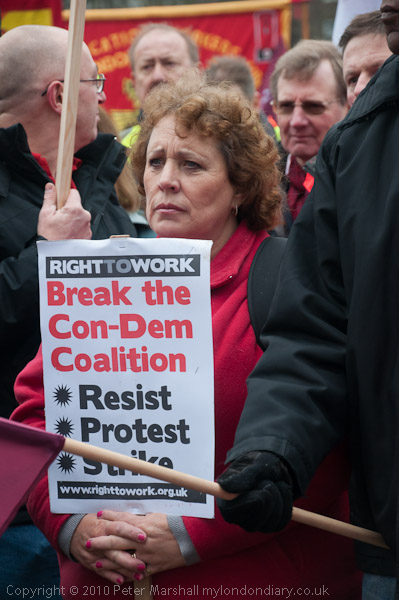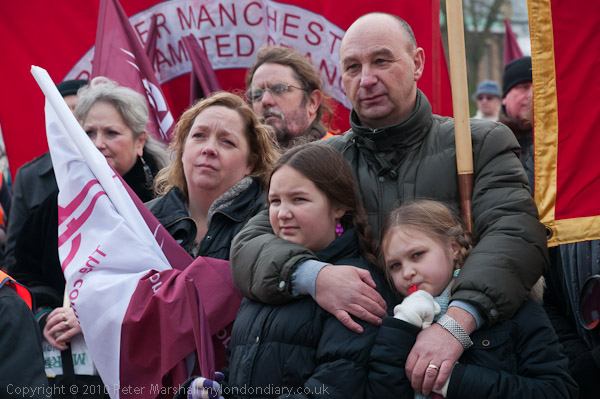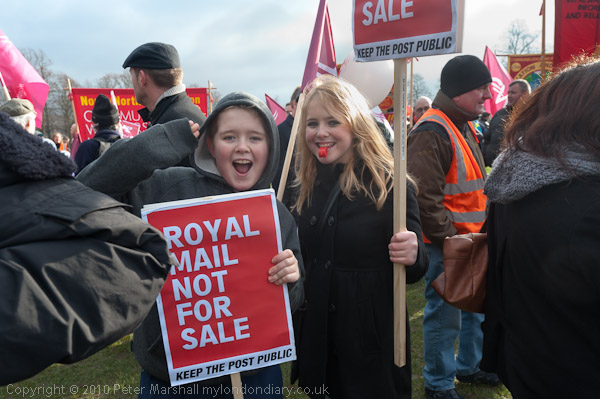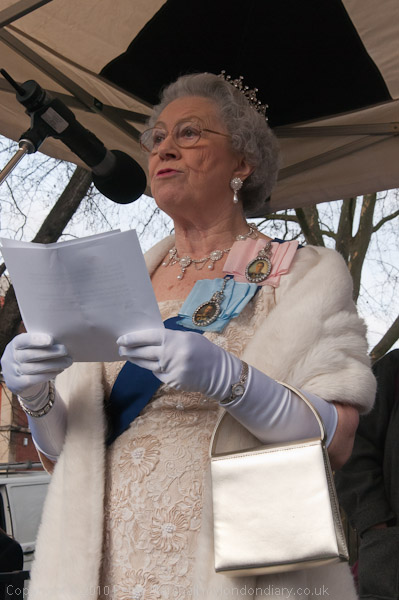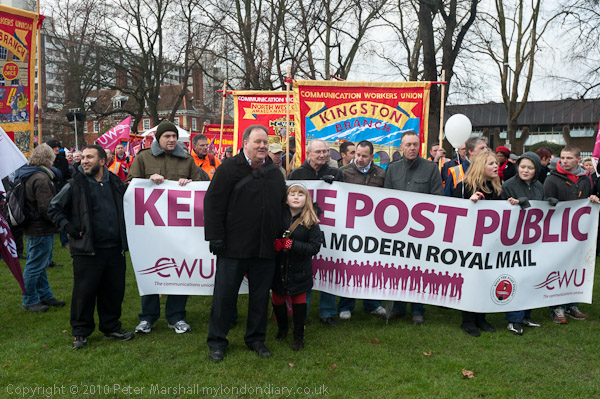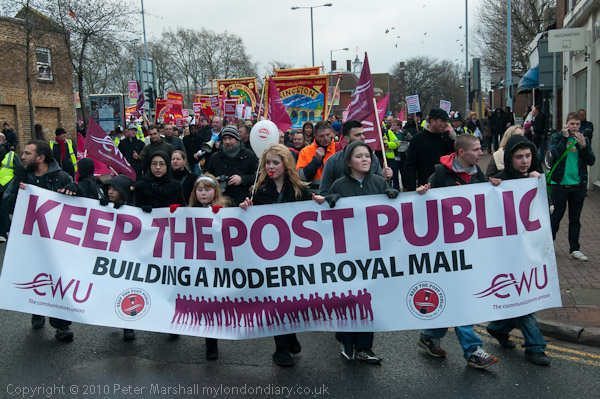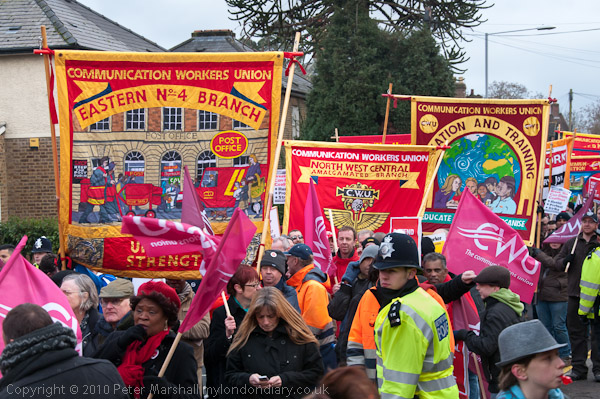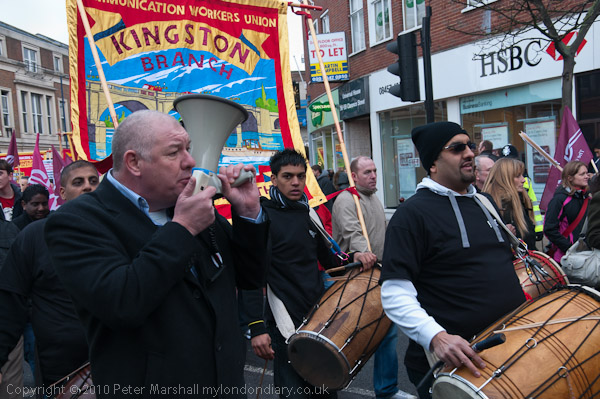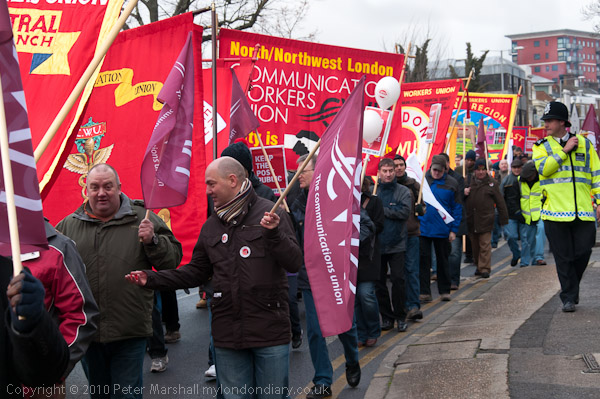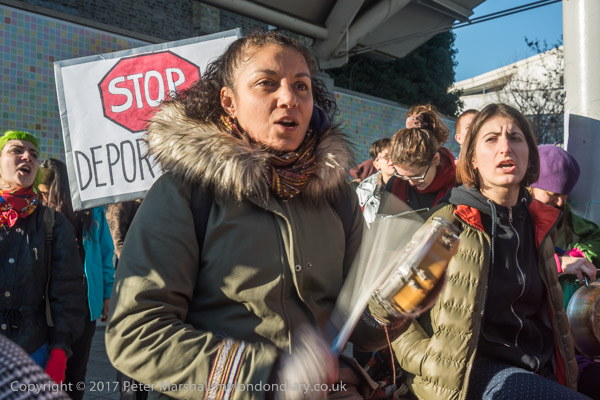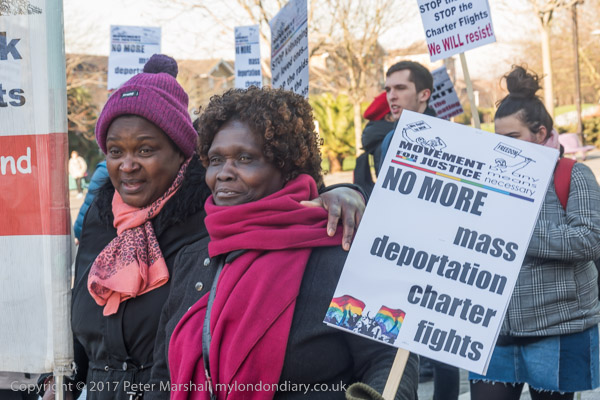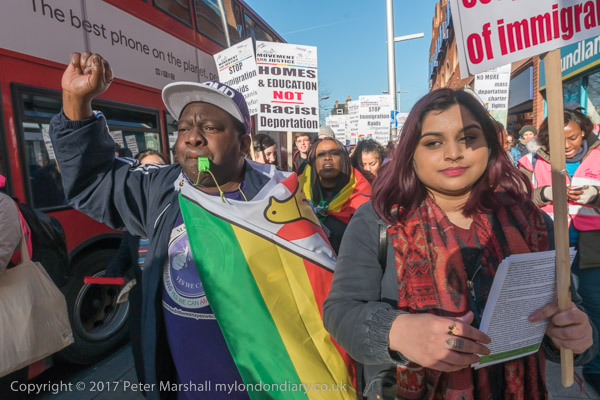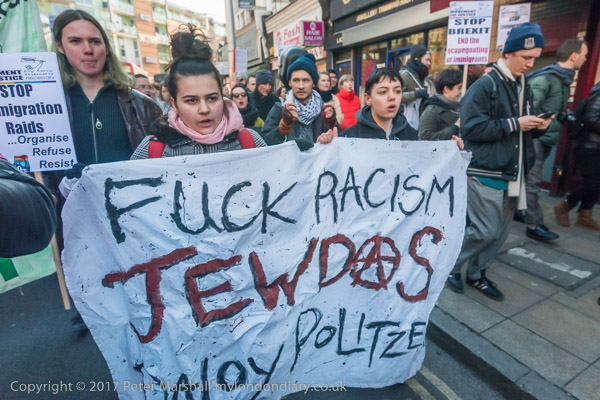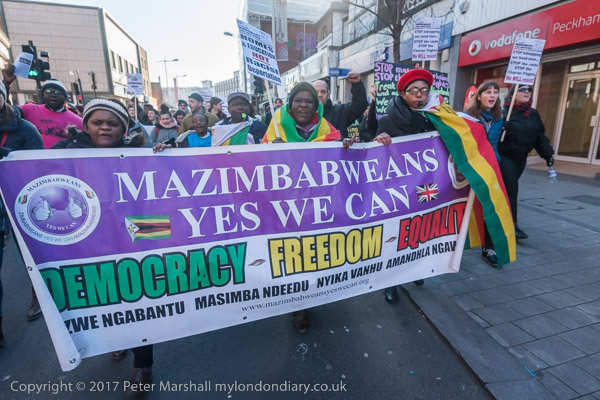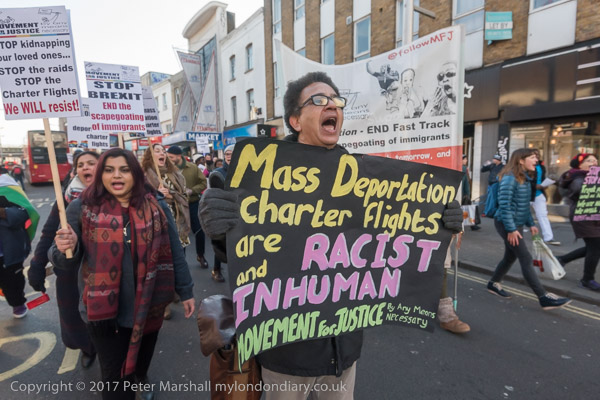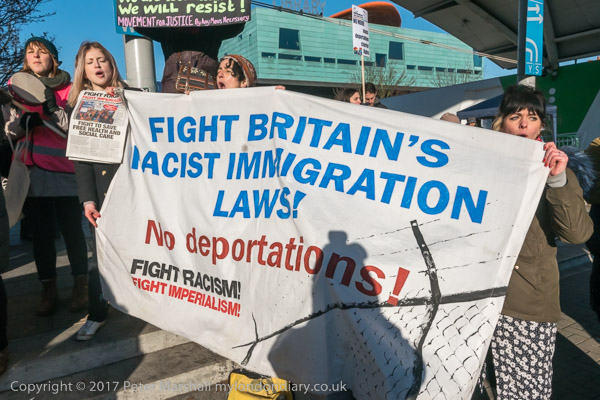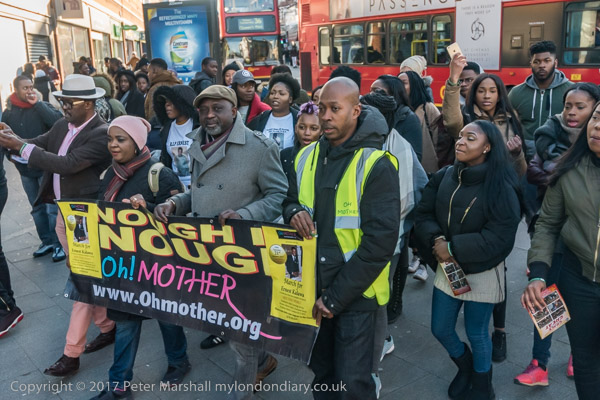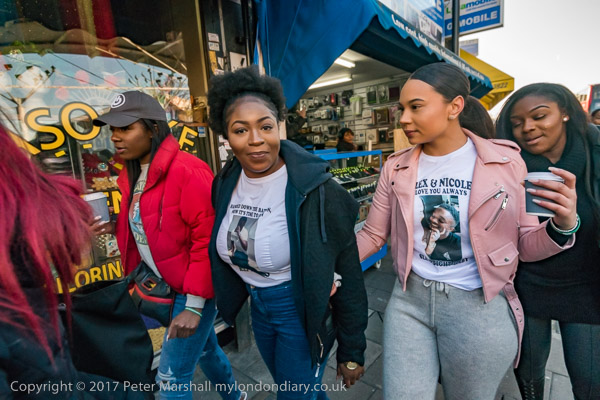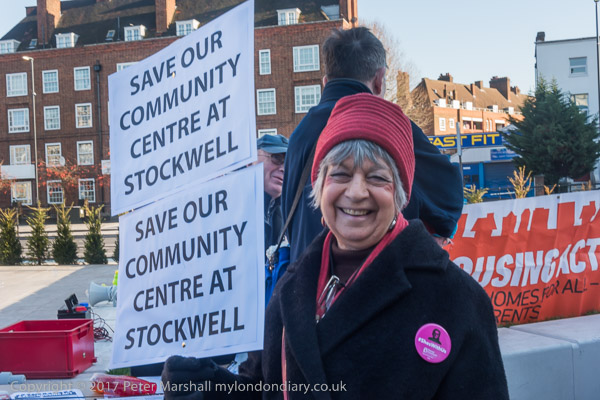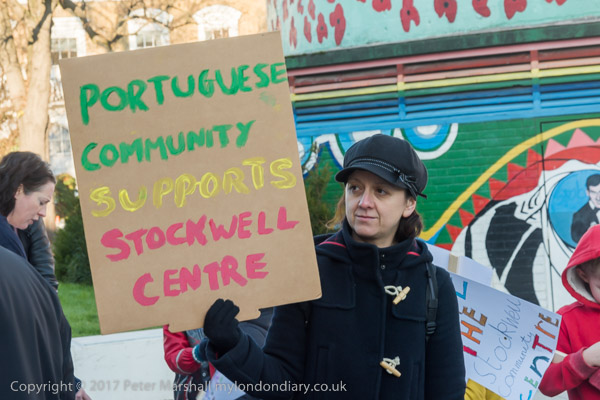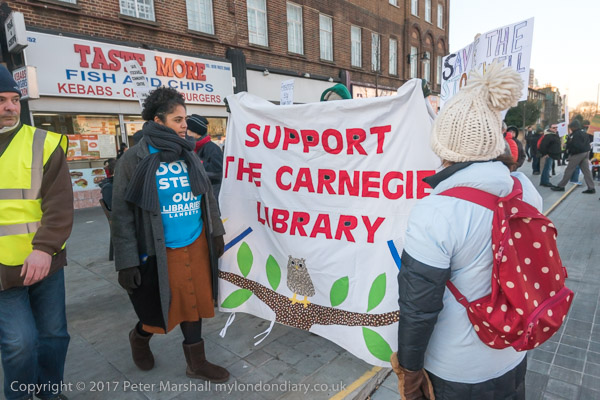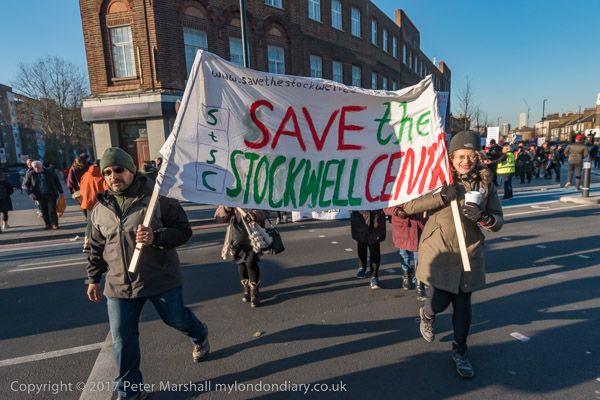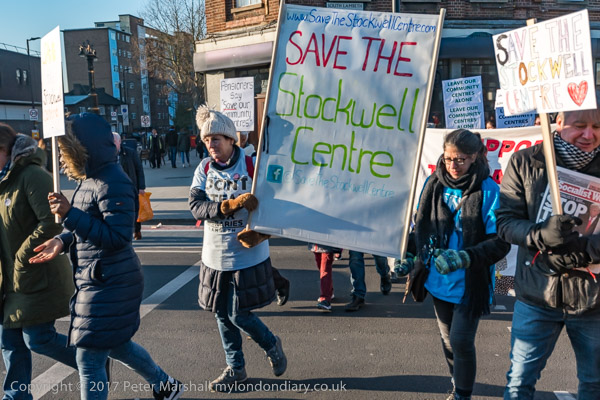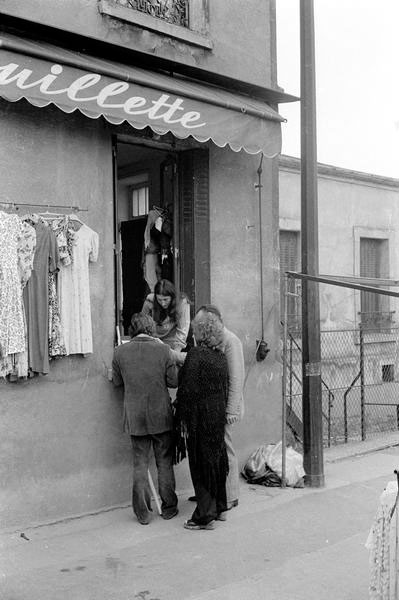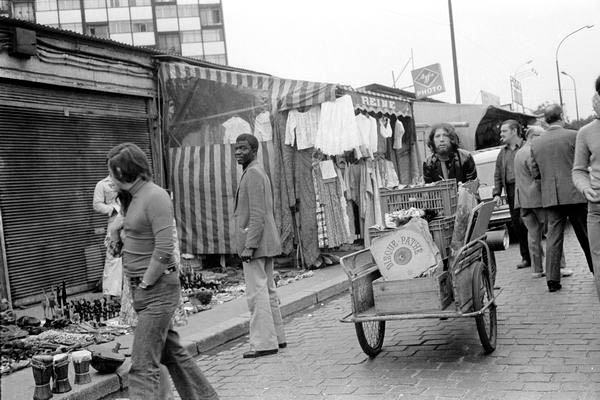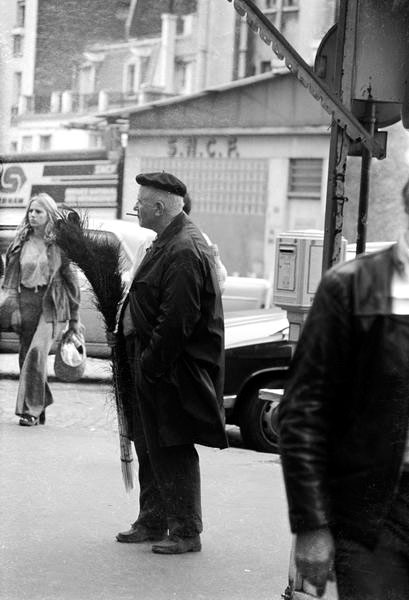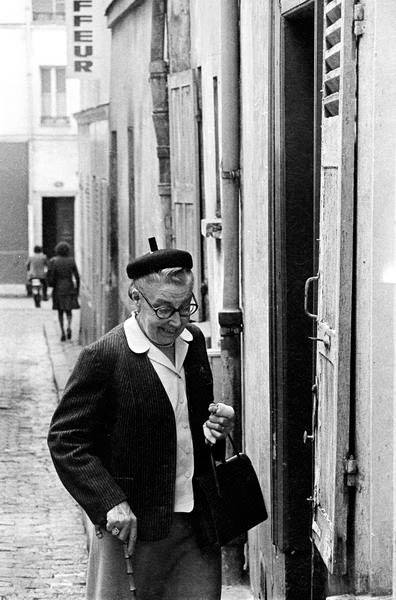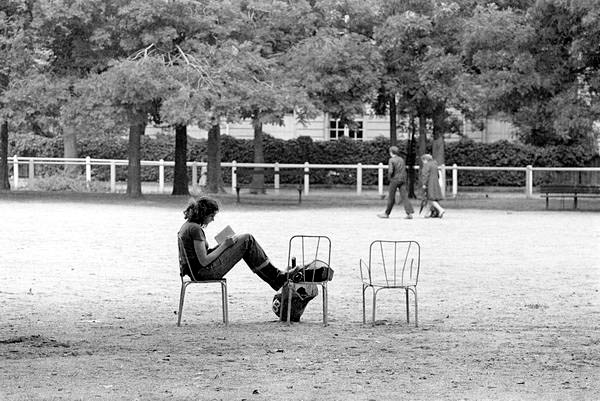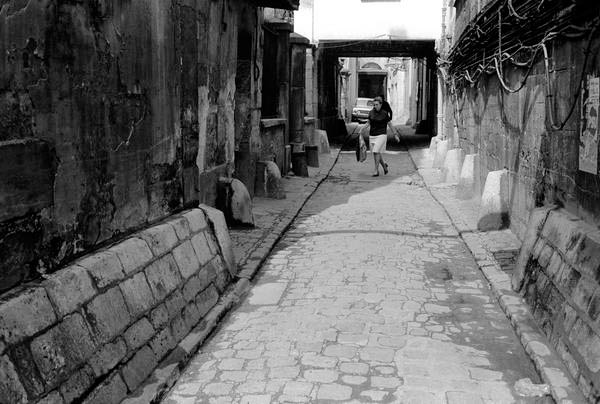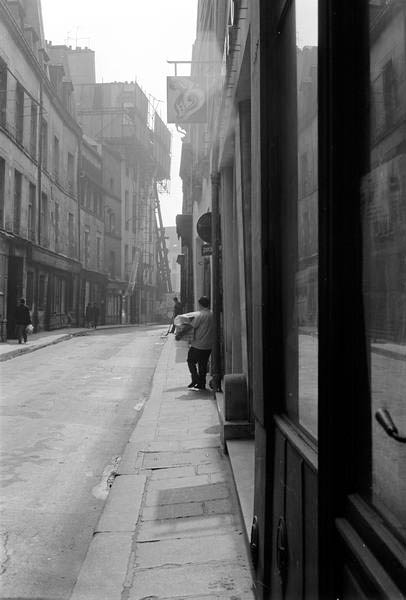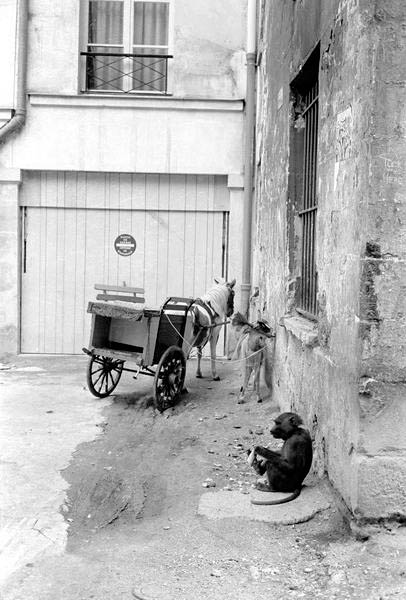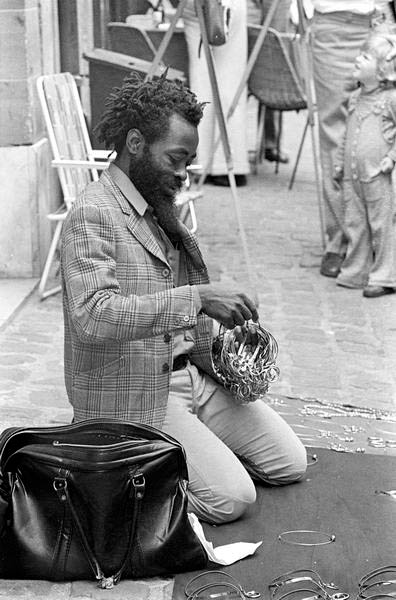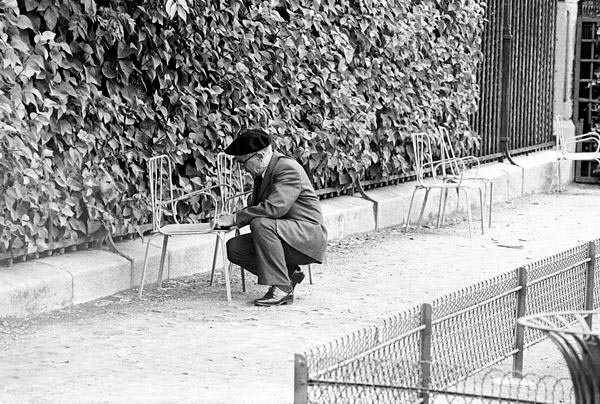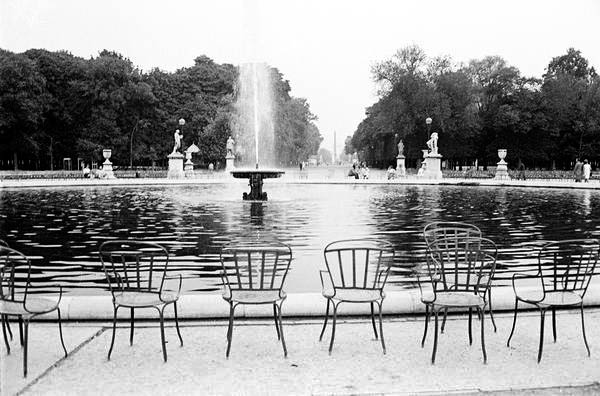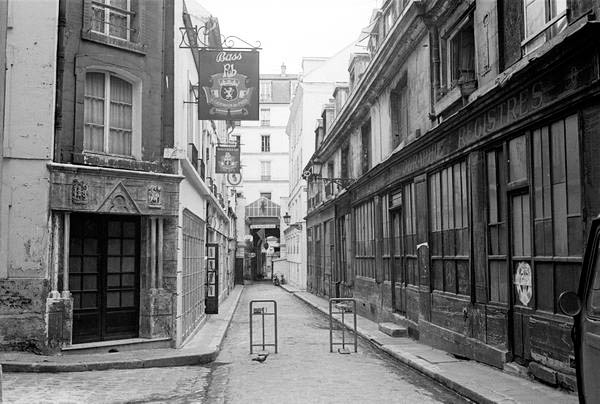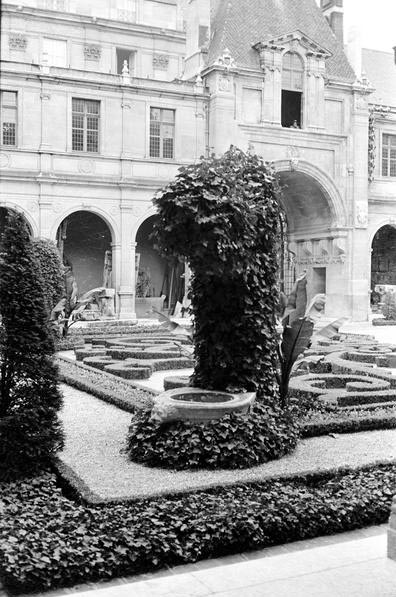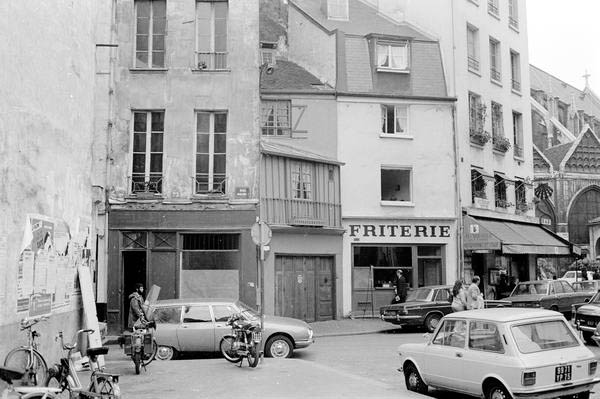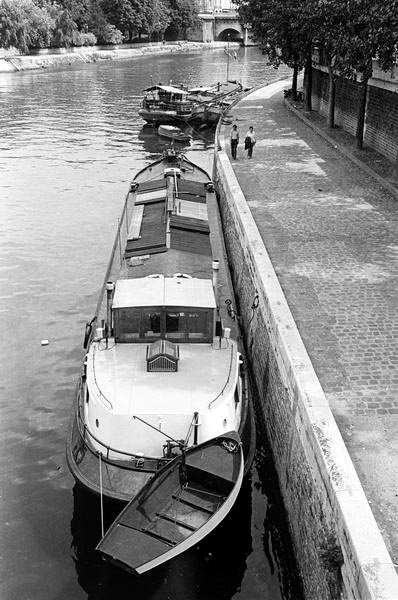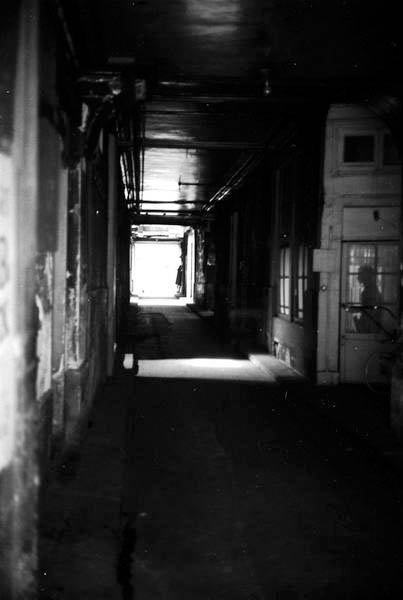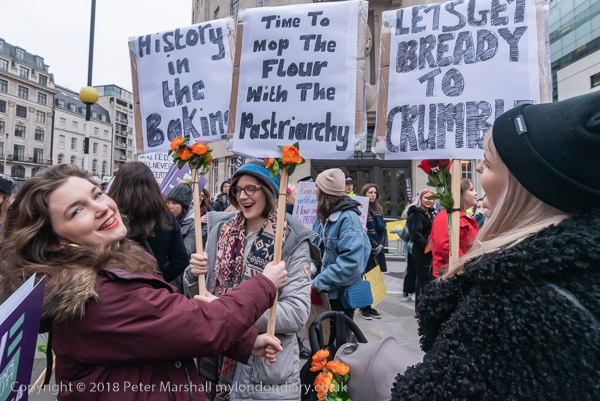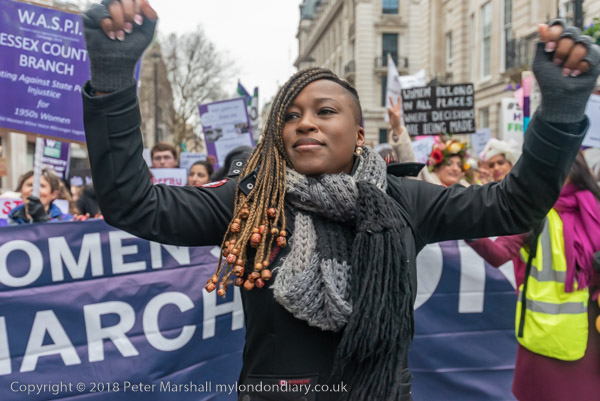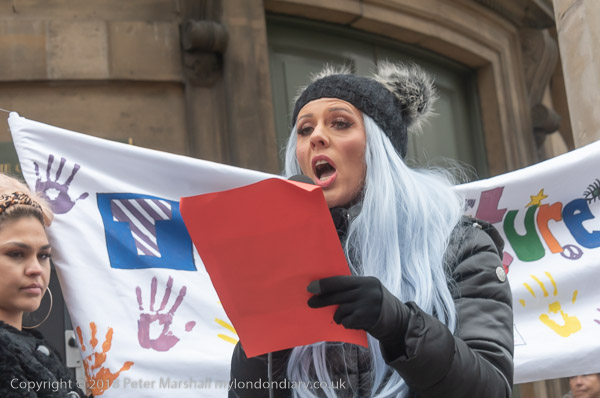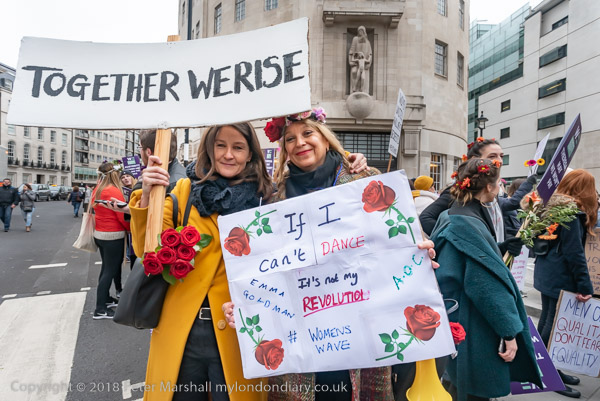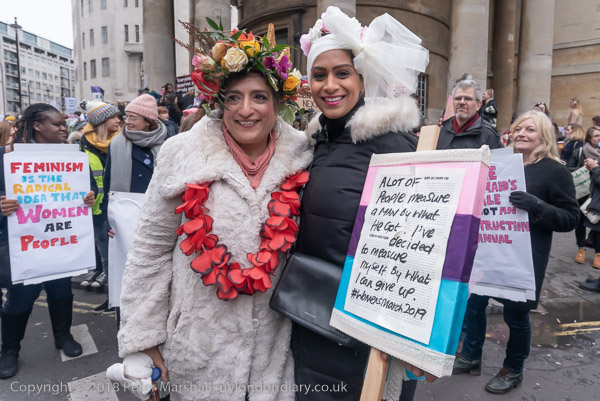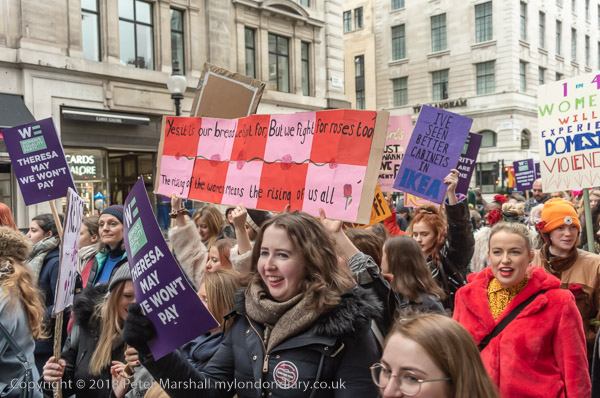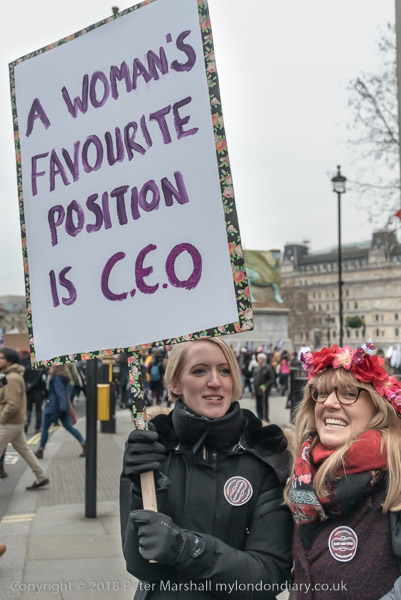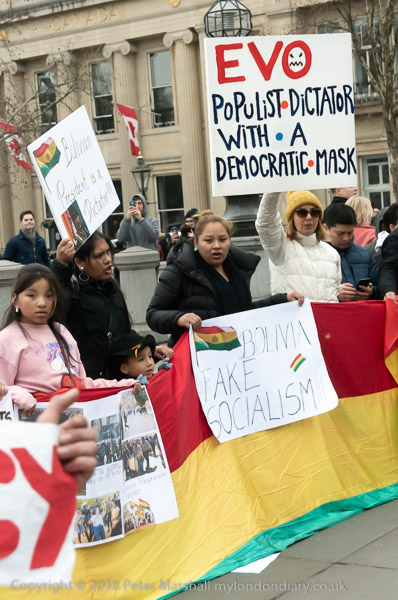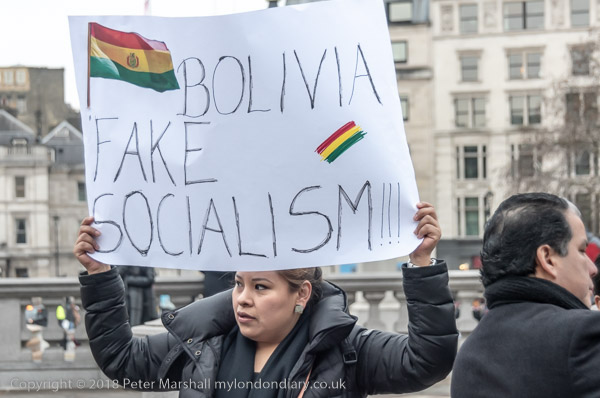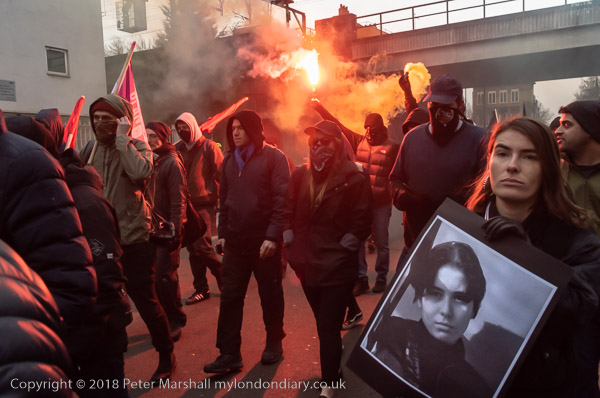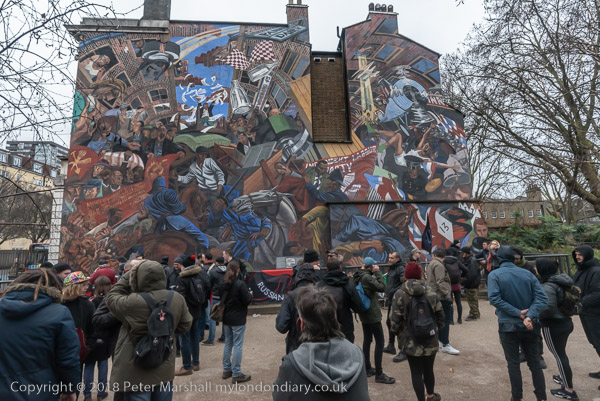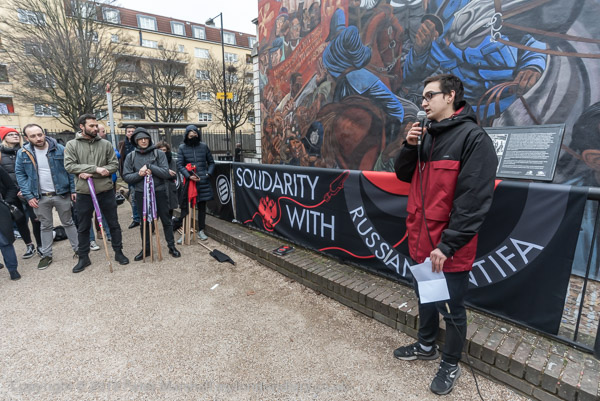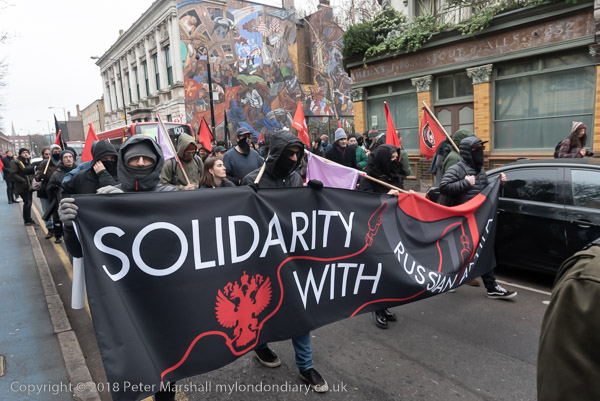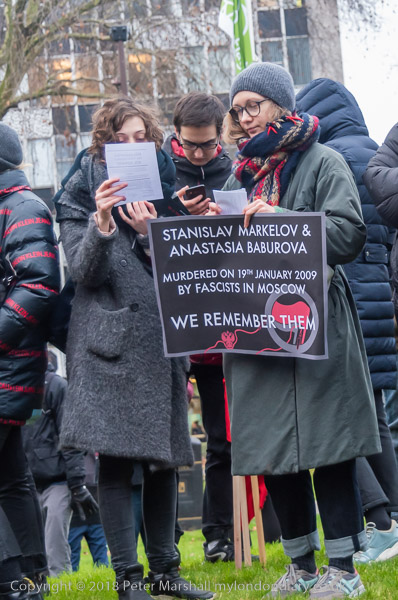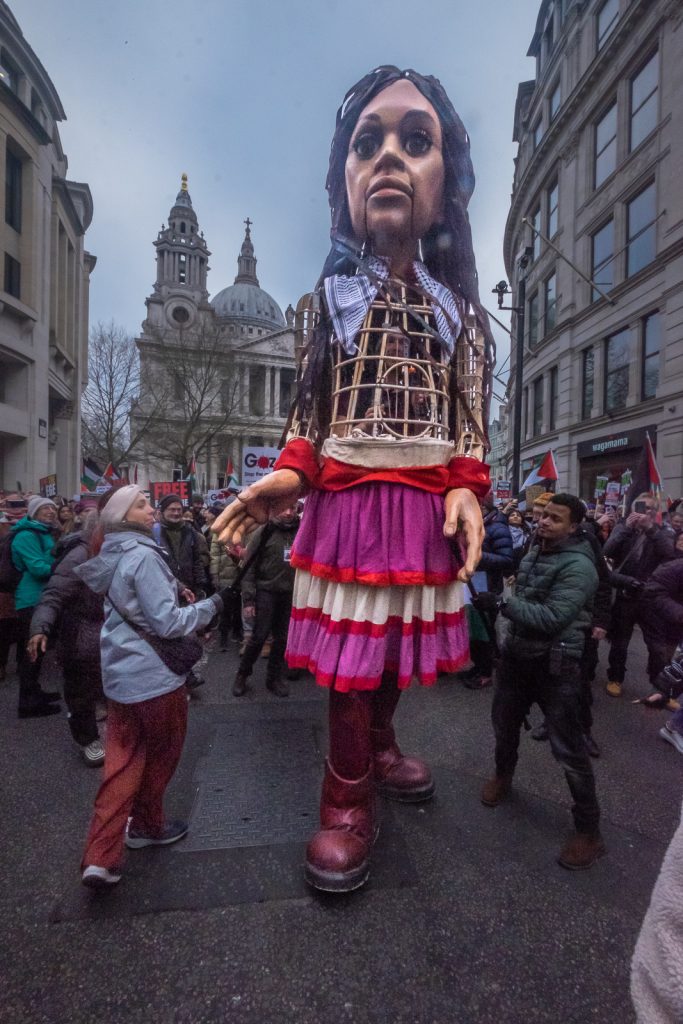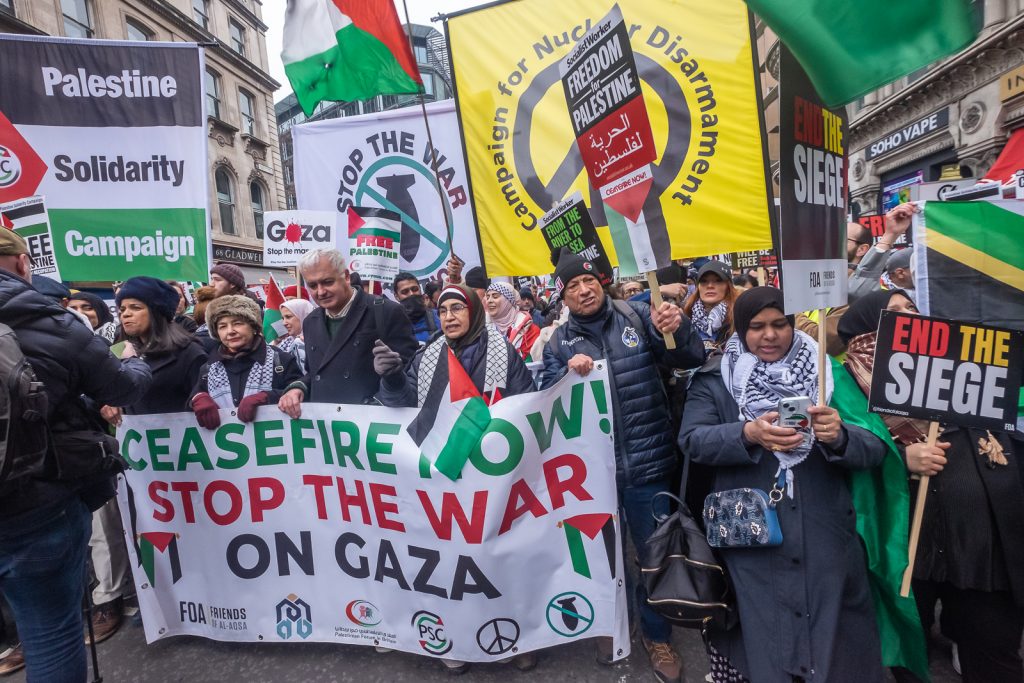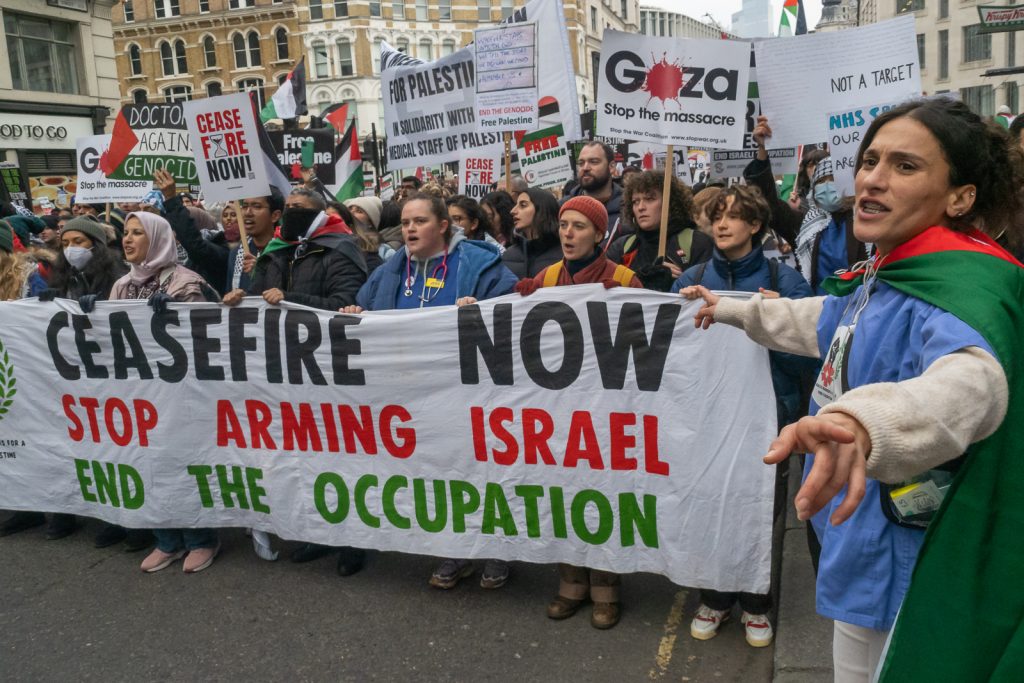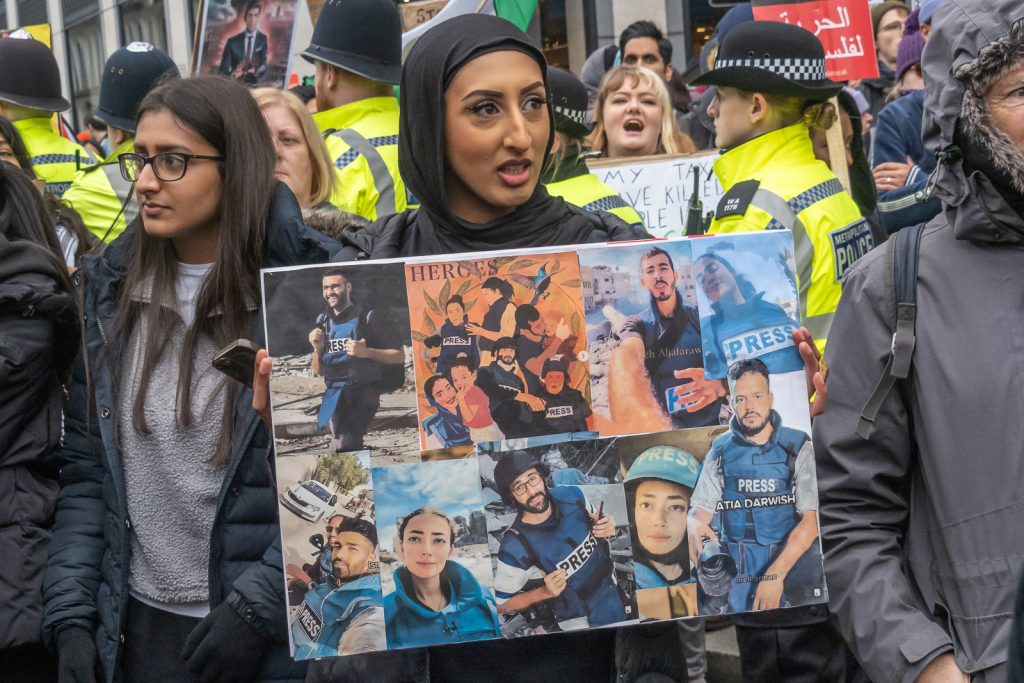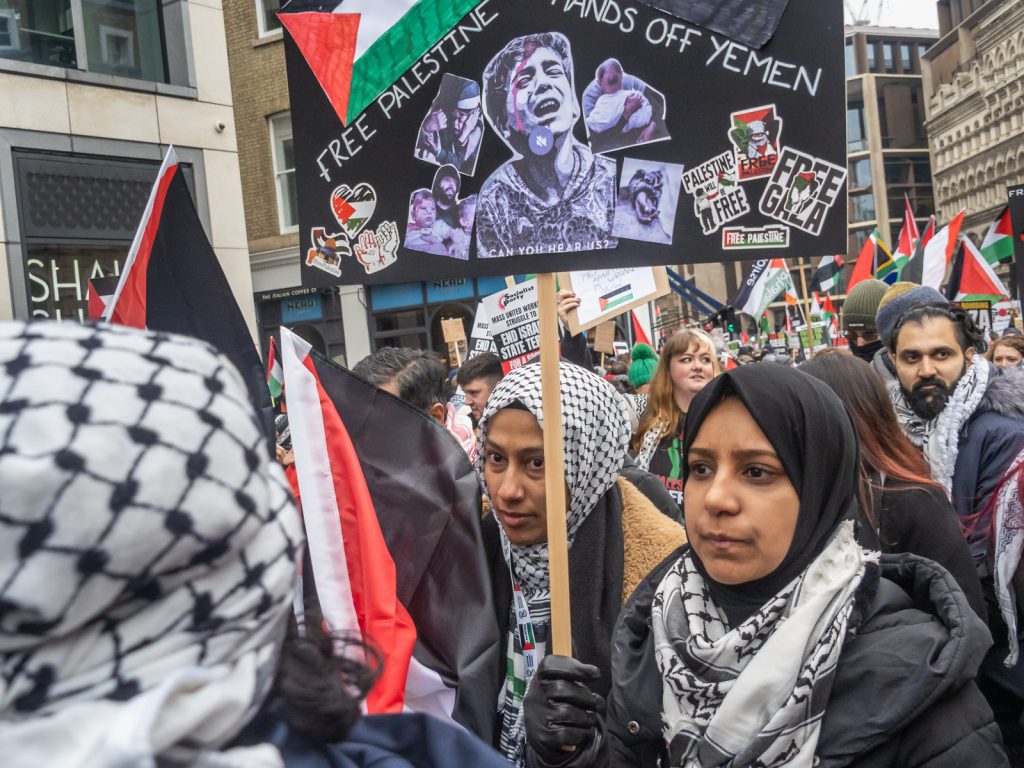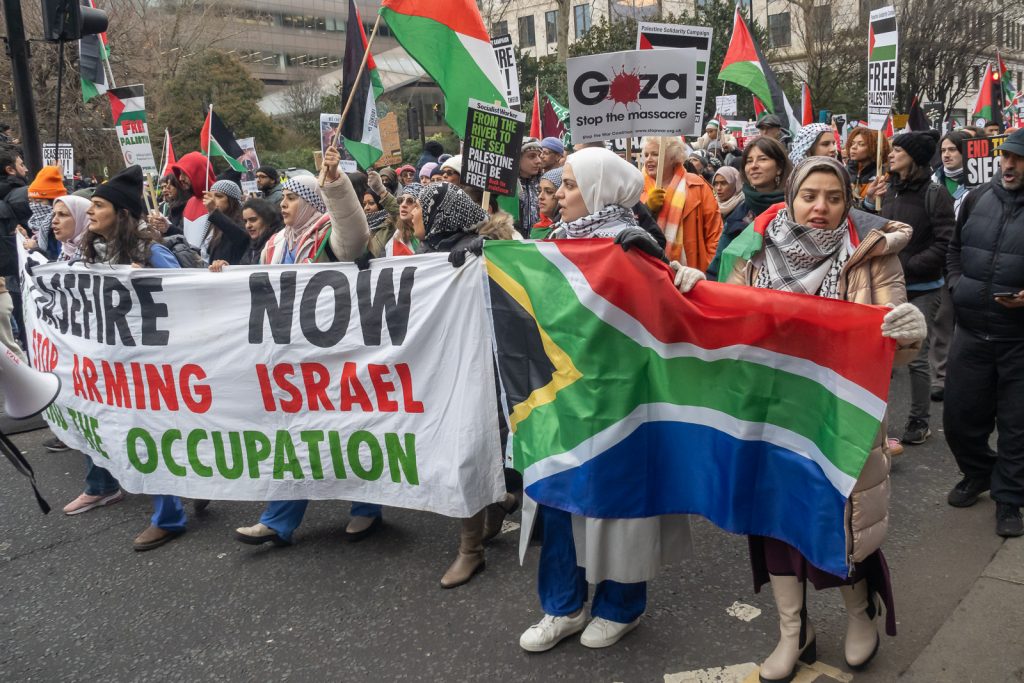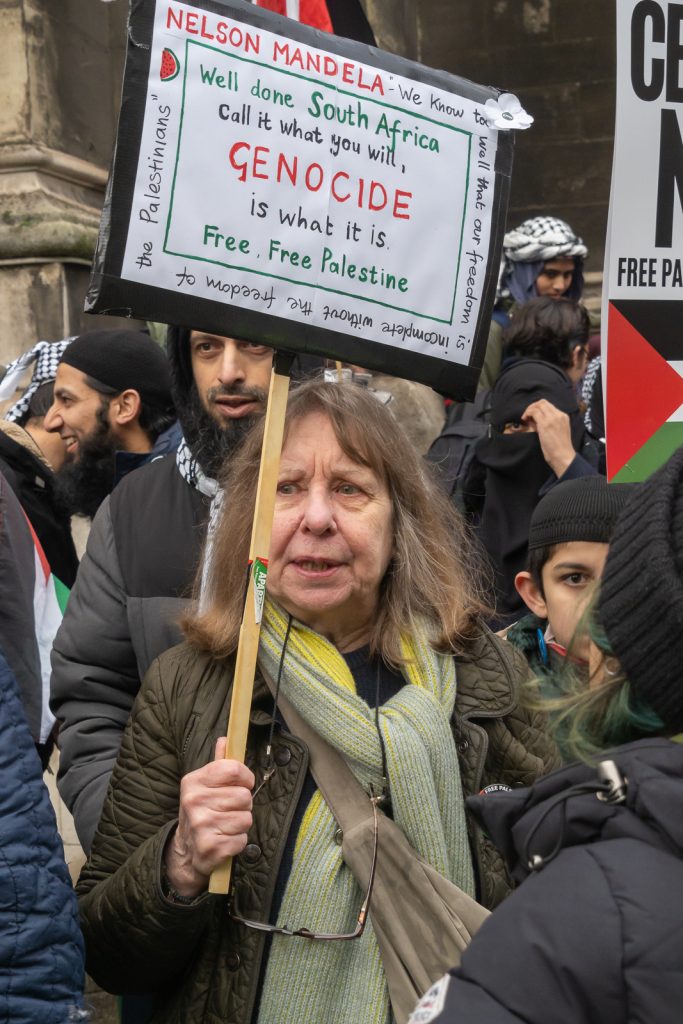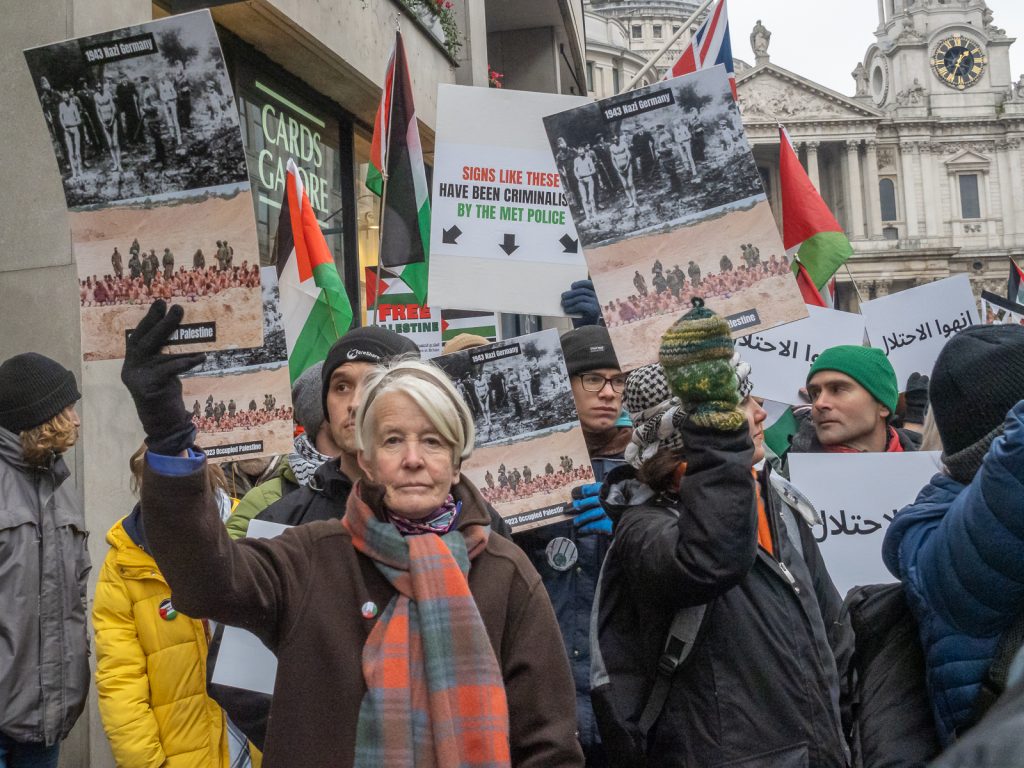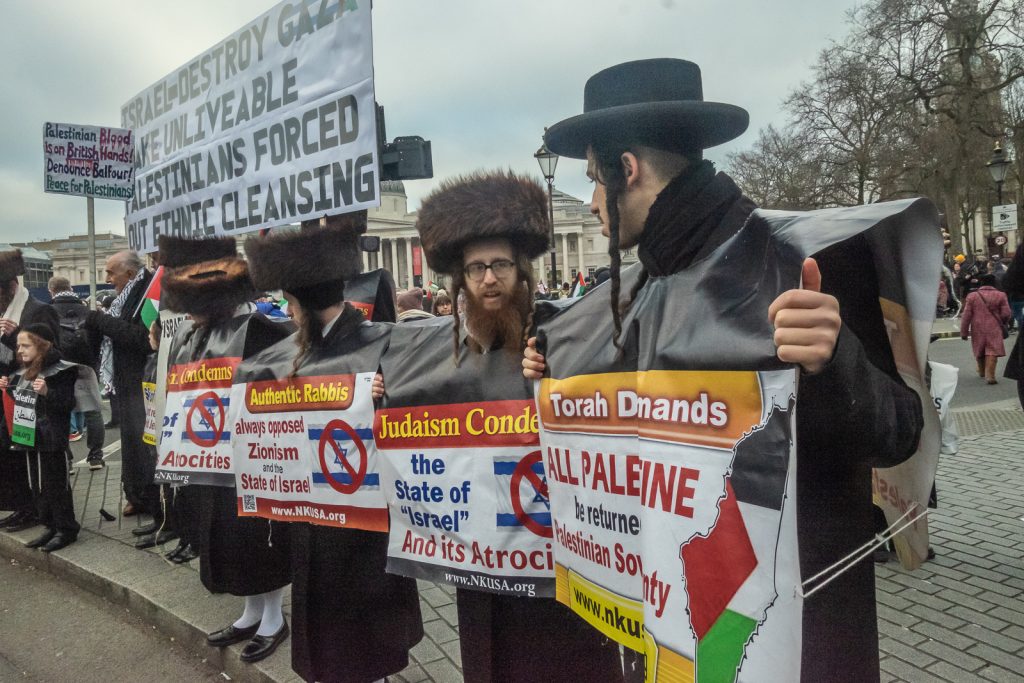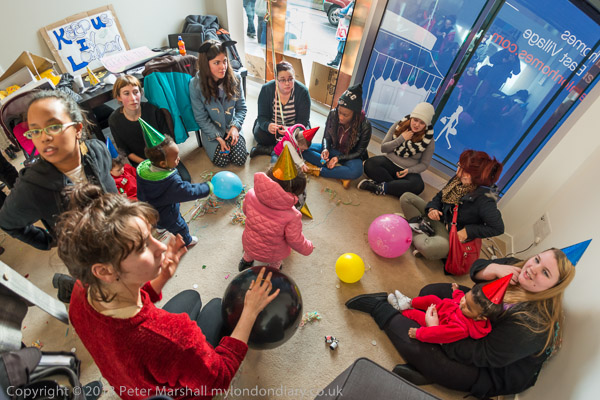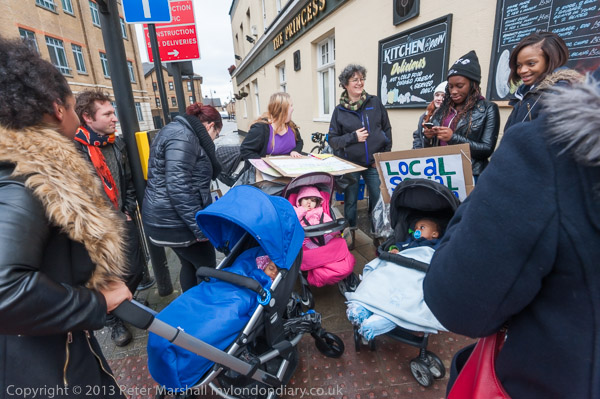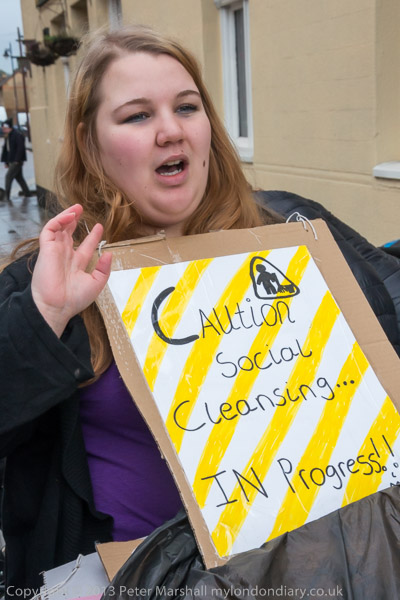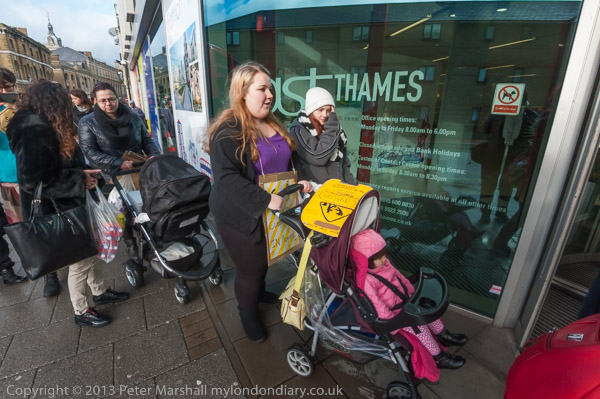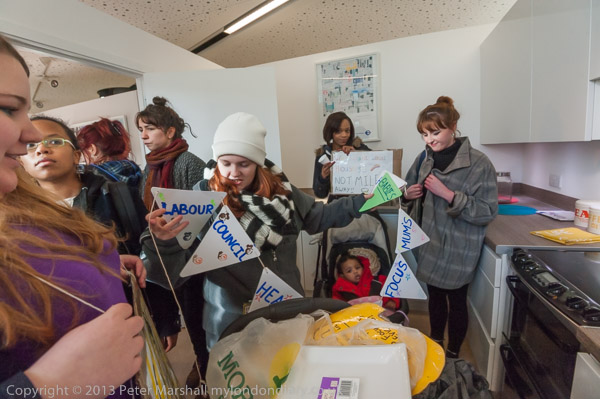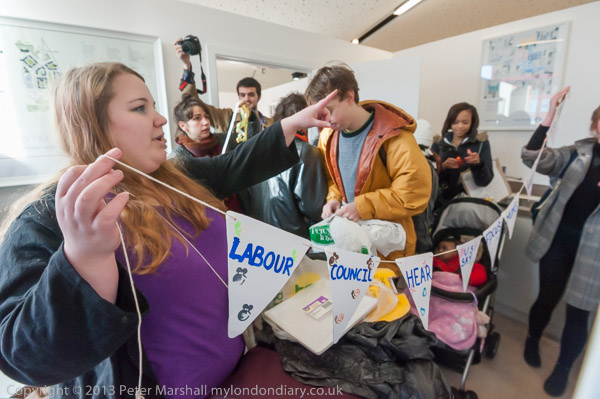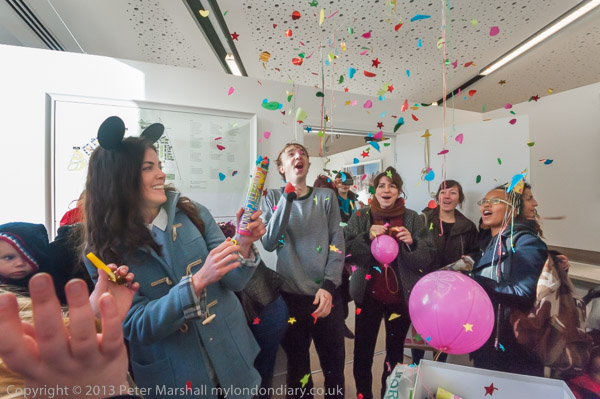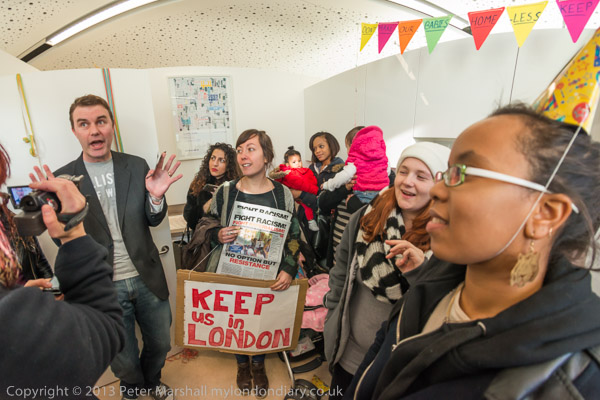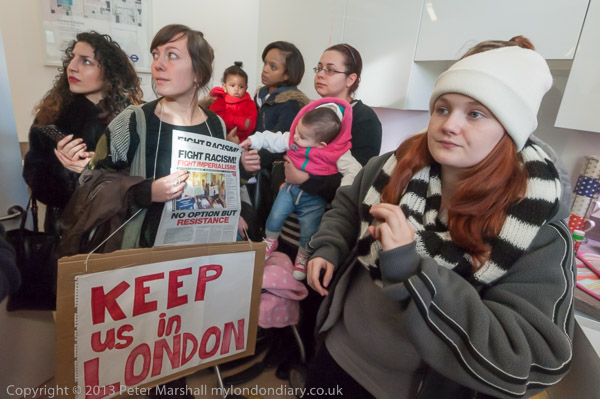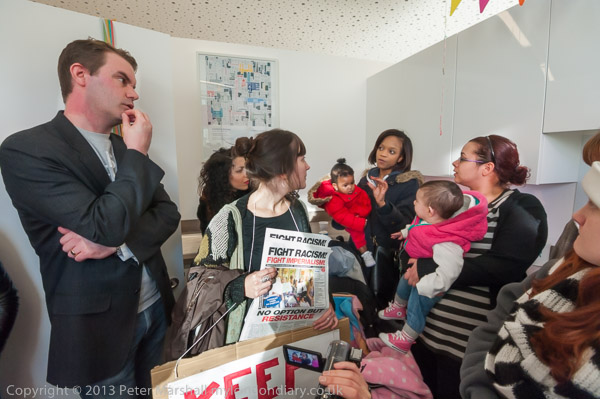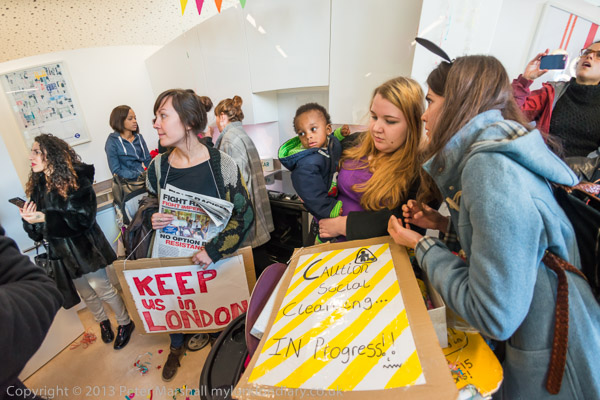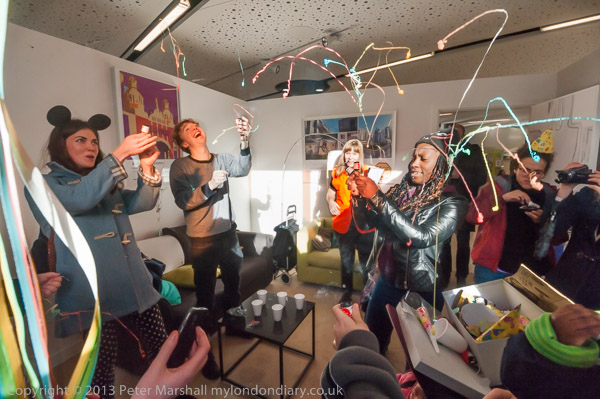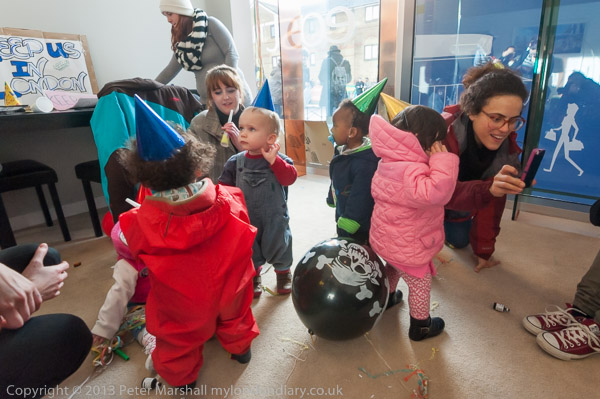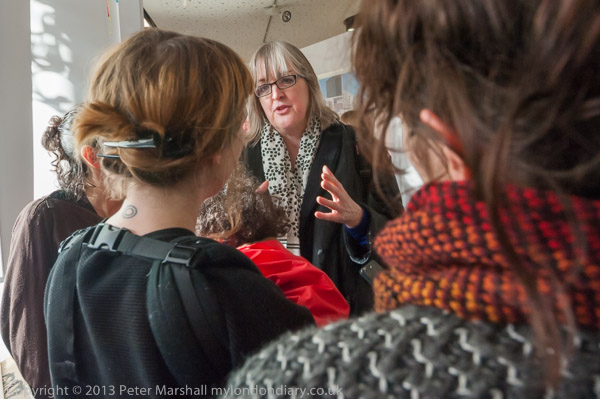London Gaza Marches and End Guantanamo: Last Saturday, 20th January 2024 the main protest against the ongoing genocide by Israel against Gaza was taking place in Birmingham, but there were half a dozen local events around London, and I decided to photographed some of these, as well as a protest calling for the closure of Guantanamo, 22 years after the first prisoners were taken there to be tortured.
Rail engineering works made it much slower than normal for me to get up to London and back and I abandoned plans to go to some of the events and I was only able to pay a fleeting visit to the Camden march because this was meeting at Kentish Town tube station which has been closed since last Summer for extensive refurbishment.
Gaza Ceasefire March, Camden, London, UK
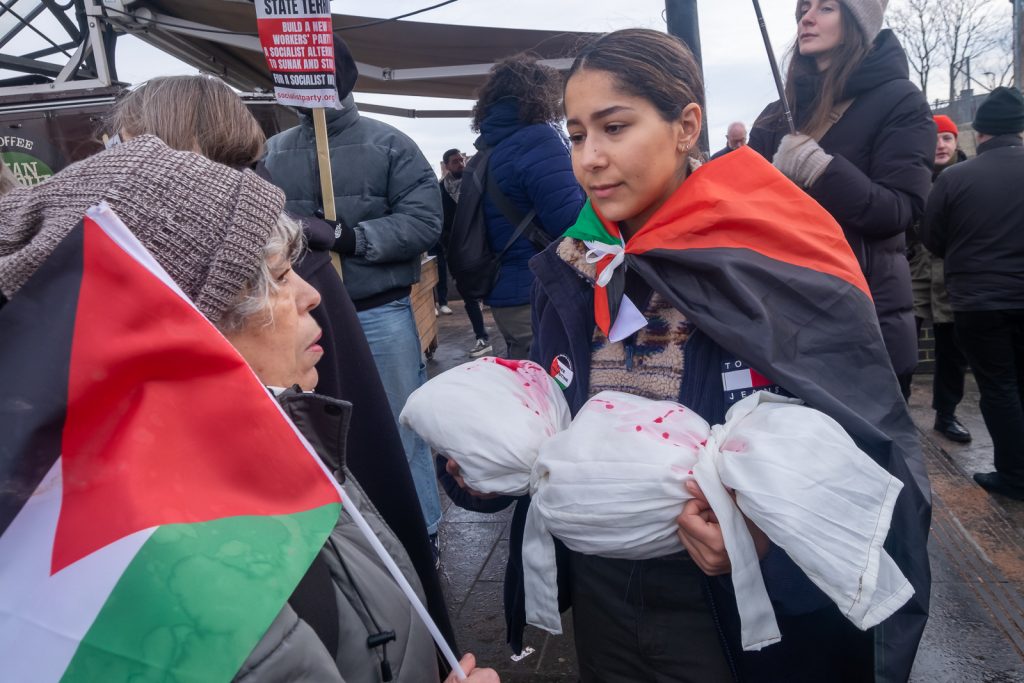
I took the tube to Camden Town and just missed a bus going up to Kentish Town. The stop had an electronic display that told me I would have to wait 6 minutes for the next and I decided to walk. It turned out to be a little further than I had remembered – almost a mile and the bus would have been rather quicker. People at Kentish Town were waiting for others to arrive before they started and also expected some to join them on the over two mile route to the rally.
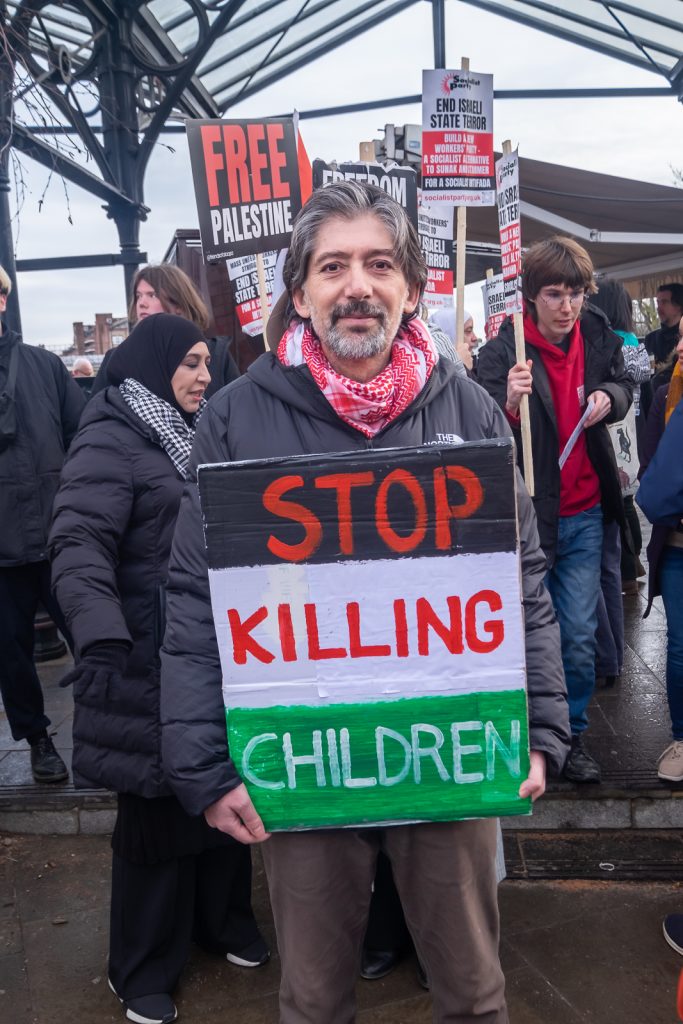
I had expected the march to have left, and to meet it coming down the road, but it had not yet moved off. After a few minutes of taking pictures I realised I would be too late back in central London unless I left, and caught a bus to Mornington Crescent and the tube to Charing Cross. Camden Town tube is always crowded with tourists and it takes a long time to get down to the platforms.
More pictures: Gaza Ceasefire March, Camden
Close Guantanamo – 22 Years of Injustice Must End
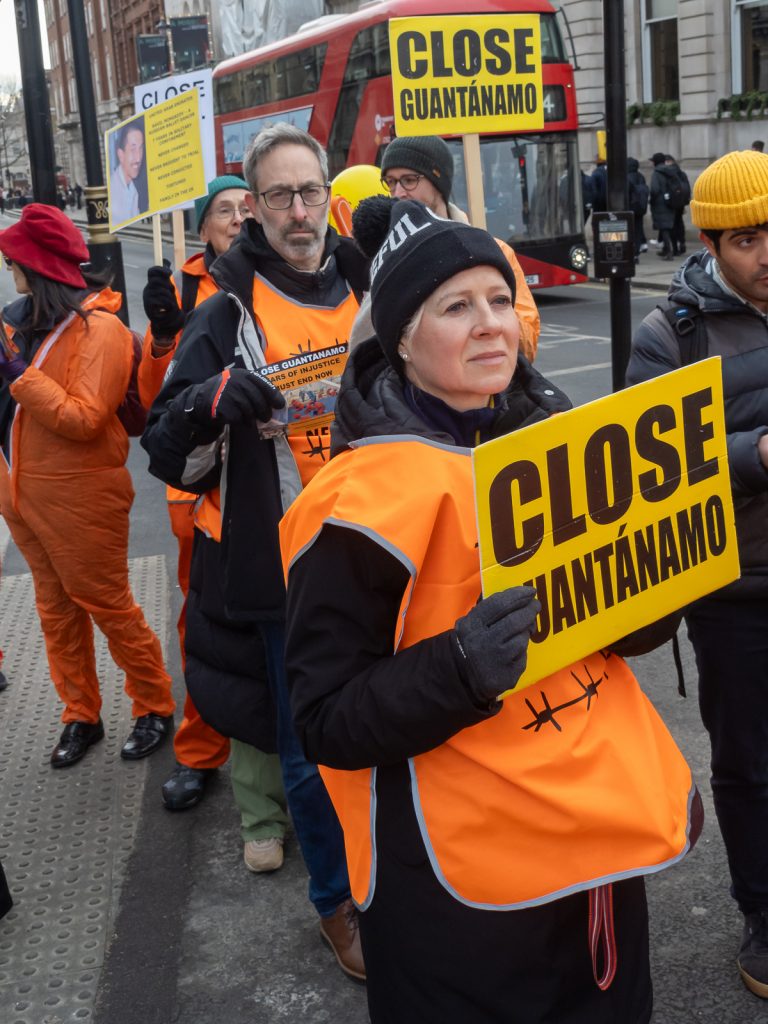
I came out of Charing Cross Station and met the group of marchers wearing orange Guantanamo-style jumpsuits just coming up to the traffic crossing at the top of Whitehall. The protest was organised by the UK Guantanamo Network which includes Amnesty International, Freedom From Torture, Guantanamo Justice Campaign, Close Guantanamo and the London Guantanamo Campaign. They had met in Old Palace Yard opposite the House of Lords and changed into the jump suits there before proceeding in single file around Parliament Square and up Parliament Street and Whitehall to Downing Street and were now coming up Whitehall for a long rally in Trafalgar Square.
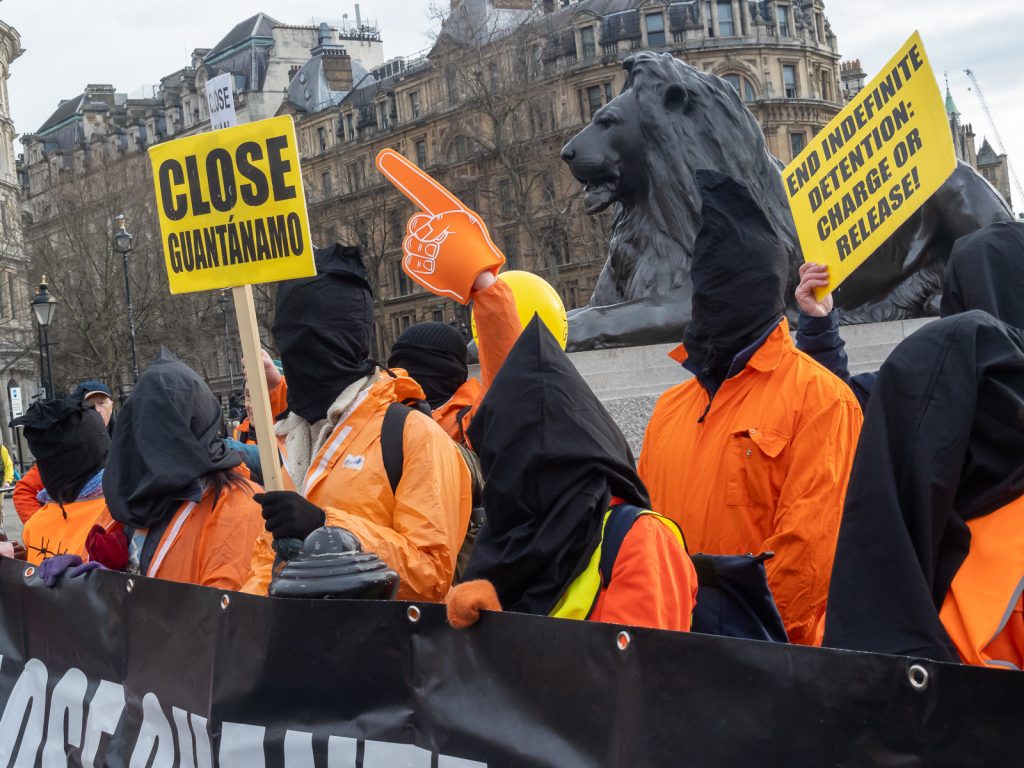
They demand US President Biden should act rapidly to close Guantanamo, where a total of over 800 prisoners were illegally tortured over they years, the great majority of them having no connection at all with terrorism. Most have since been allowed to return home or to safe countries, but 30 remain held there, although half of them have been cleared for release. “The Guantanamo network calls for Guantanamo to be closed and for an end to depriving people of their legal and human rights, and an end to indefinite detention and torture.”
I left after taking pictures before the rally began as I was already late for the start of the final event I wanted to photograph in Tower Hamlets.
More pictures at Close Guantanamo – 22 Years of Injustice Must End
Gaza Ceasefire March, Tower Hamlets, London, UK
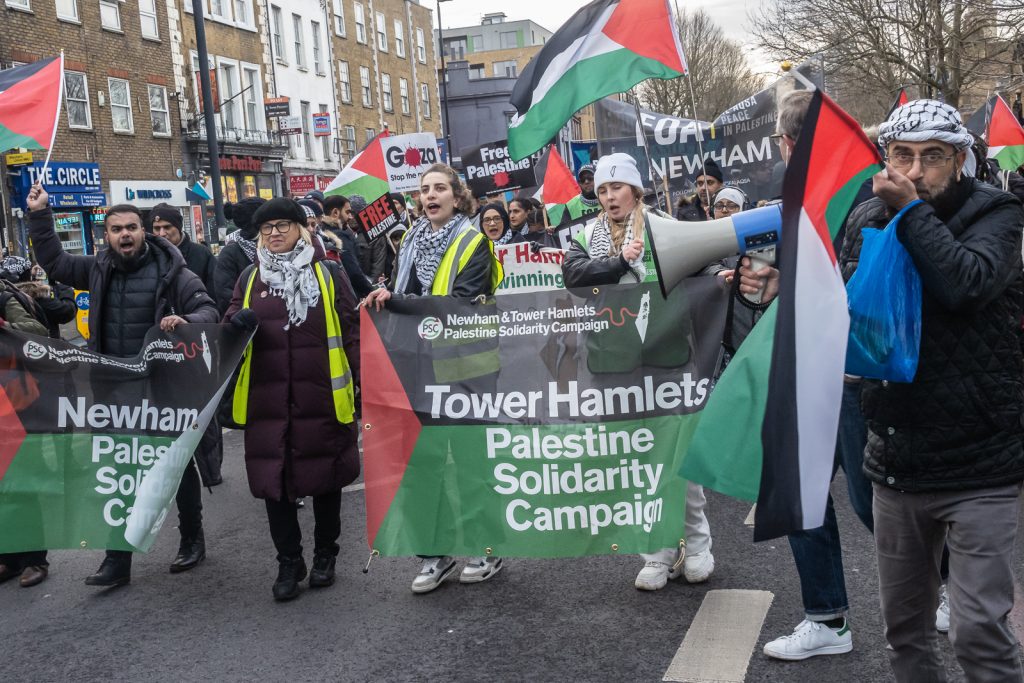
I sat on the District Line going east trying to guess where the Tower Hamlets march might have got to as I was too late for the start. Marchers had met in Altab Ali Park in Whitechapel, close to Aldgate East Station but was marching through Whitehchapel and Stepney to Mile End. I looked at the time and took a guess about when they would have started to march and how far they would have got, and decided to leave the train at Stepney Green station.
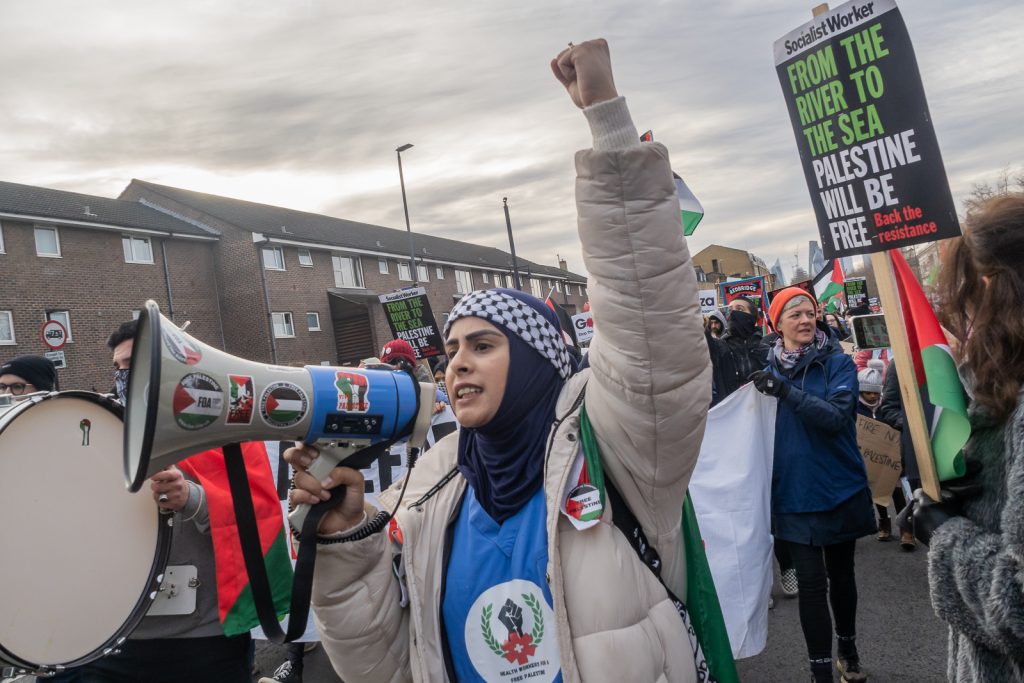
Fortunately my guess had proved correct and as I looked down the Mile End Road towards Whitechapel I could see the front of the march in the distance and walked down to meet and photograph it. I walked with the marchers going back and forth and taking pictures over the last mile or so. When we got close to the Green Bridge which takes Mile End Park across the busy road. I left it a little late and had to run up the steps to be able to photograph the front of the march and its long tail behind as it came up to the bridge.
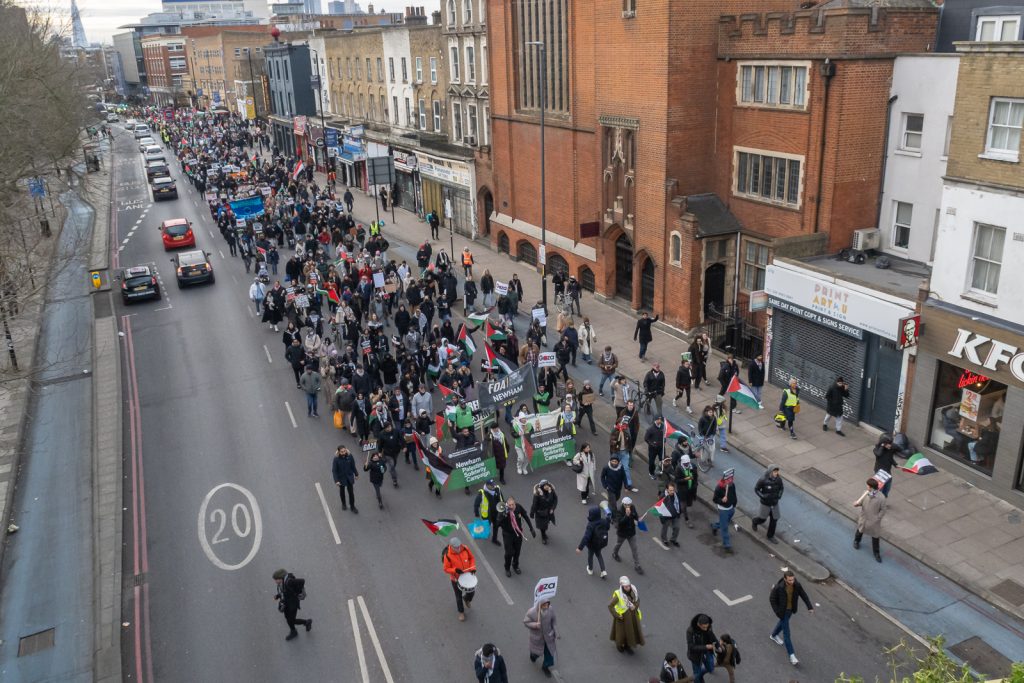
Then I came down and walked with them the final short stretch to the large area of Mile End Park where the rally was being held. I’d photographed the ultra-Orthodox, Neturei Karta anti-Zionist Jews earlier as they were taking part in the march and took some more pictures when a group of them stood on the wall at the entrance to the park.
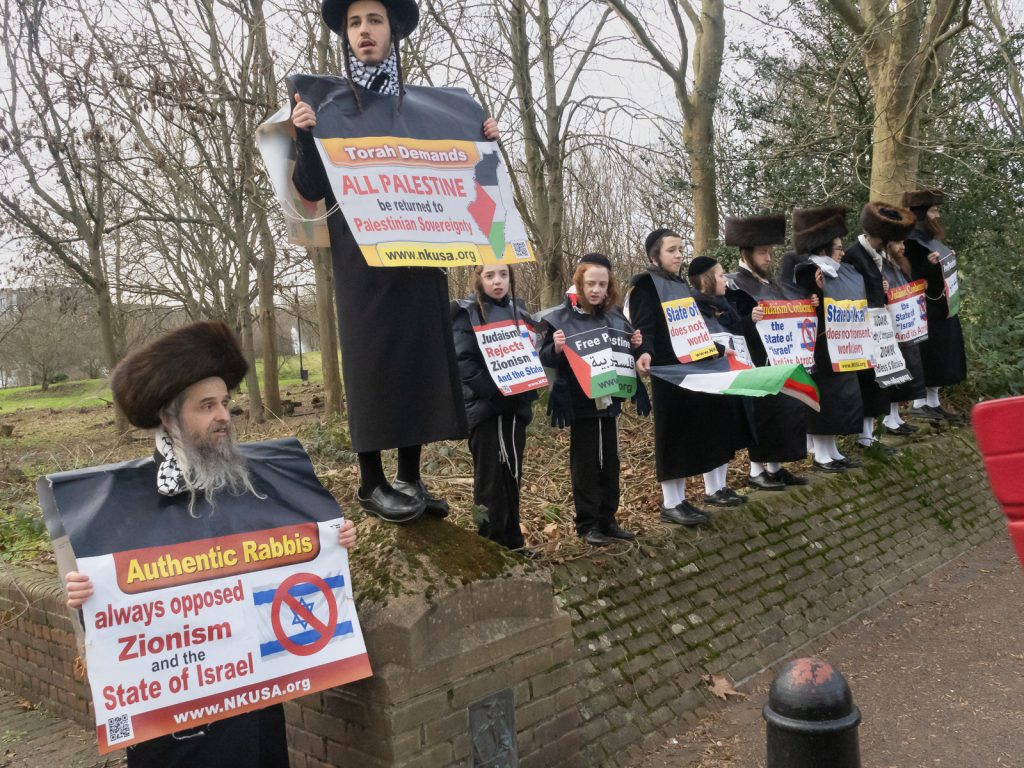
I took some photographs as the rally started and heard the first of the speakers. The rally was interrupted by a speaker from Movement for Justice using their own megaphones. He complained that they had been refused permission to speak at the event. Stewards argued that he was disrupting the meeting. As I left there were some discussions taking place over whether he might be allowed to make an announcement to the rally. But I was tired and had a long journey home, so I left.
More pictures: Gaza Ceasefire March & Rally
Flickr – Facebook – My London Diary – Hull Photos – Lea Valley – Paris
London’s Industrial Heritage – London Photos
All photographs on this page are copyright © Peter Marshall.
Contact me to buy prints or licence to reproduce.
